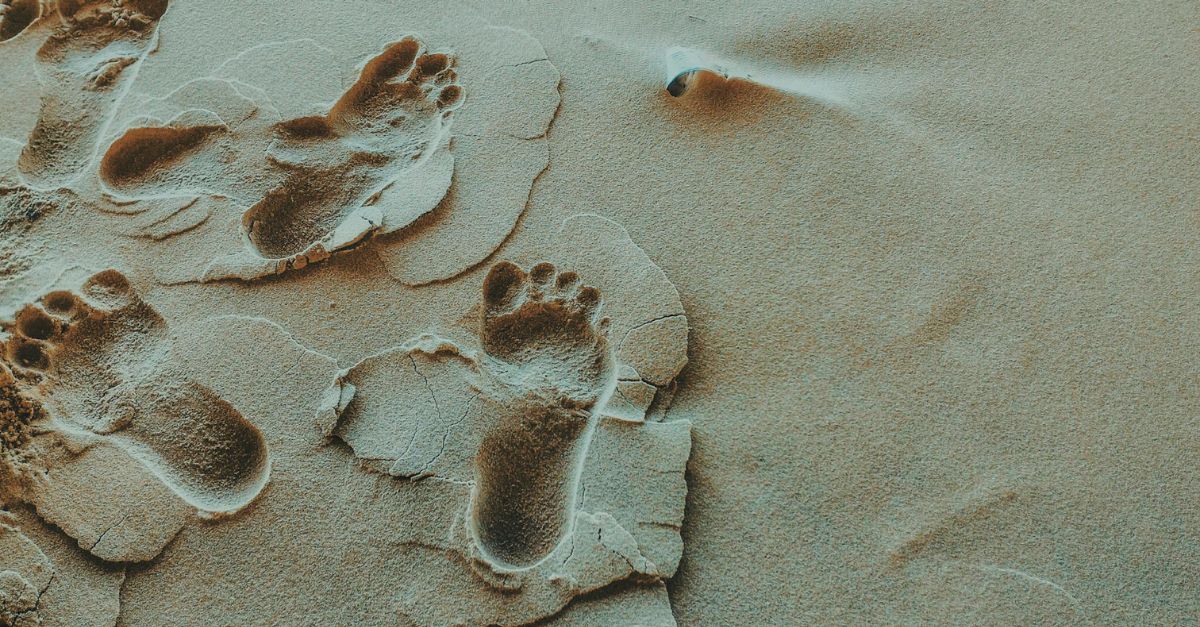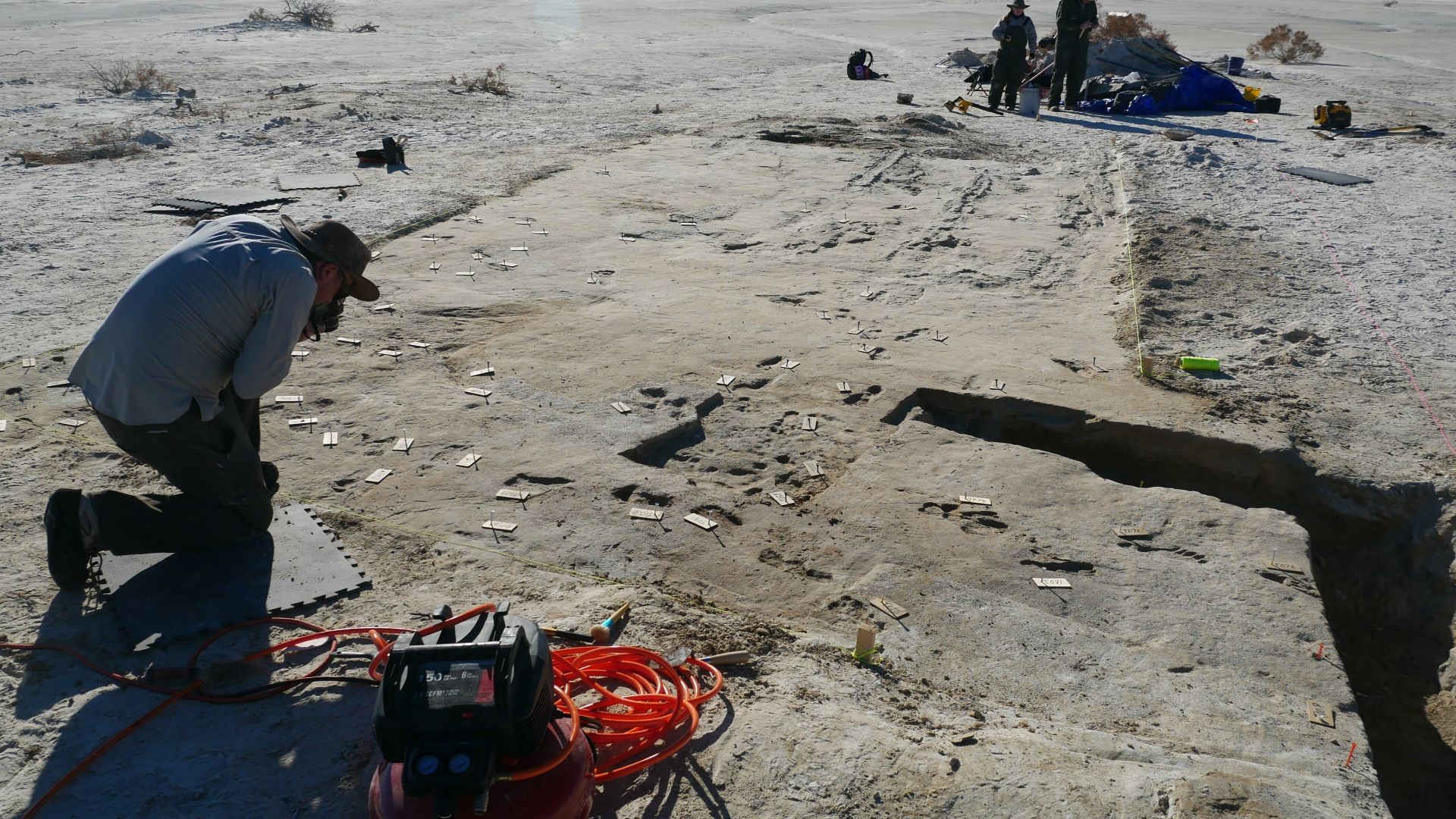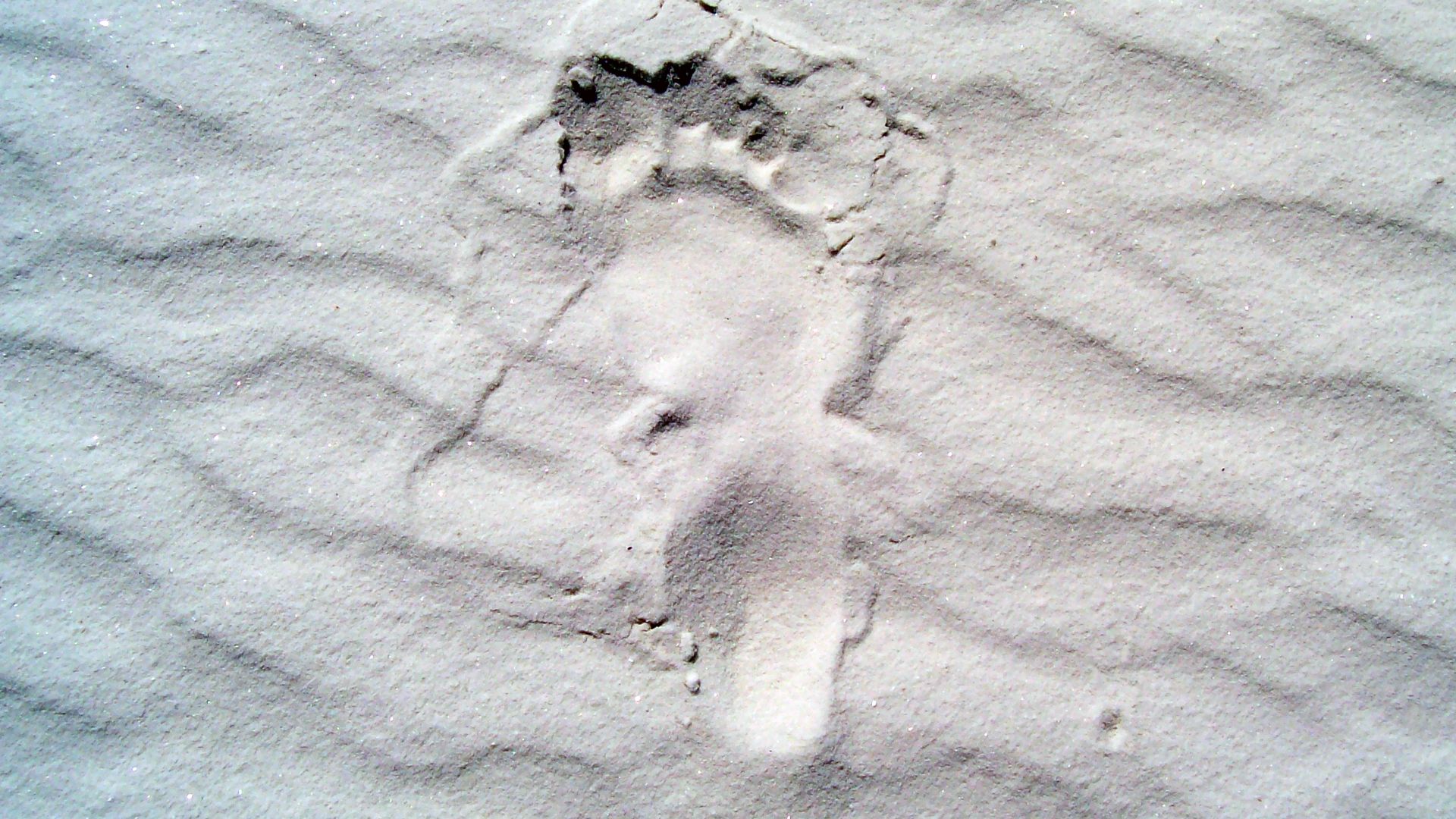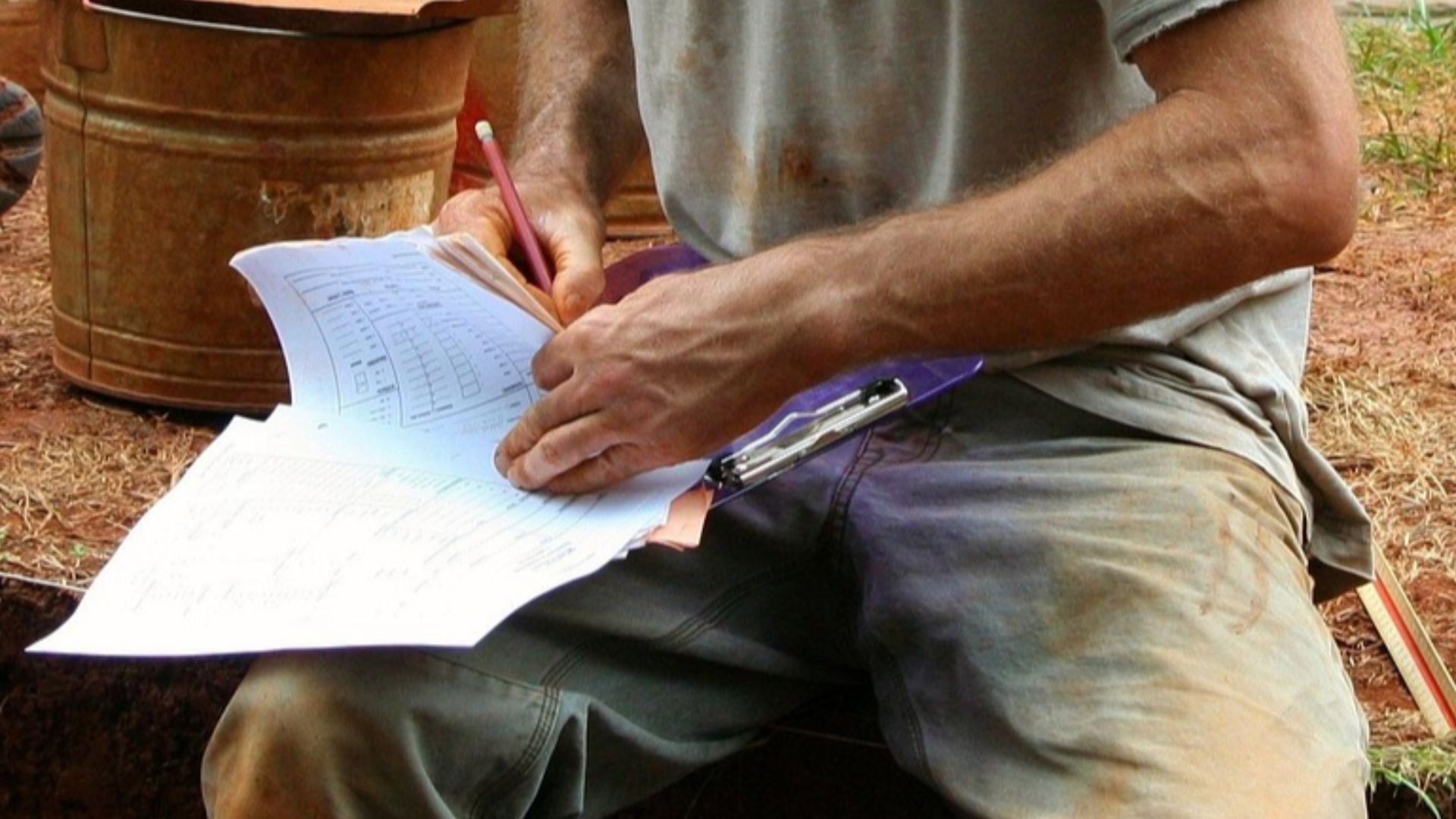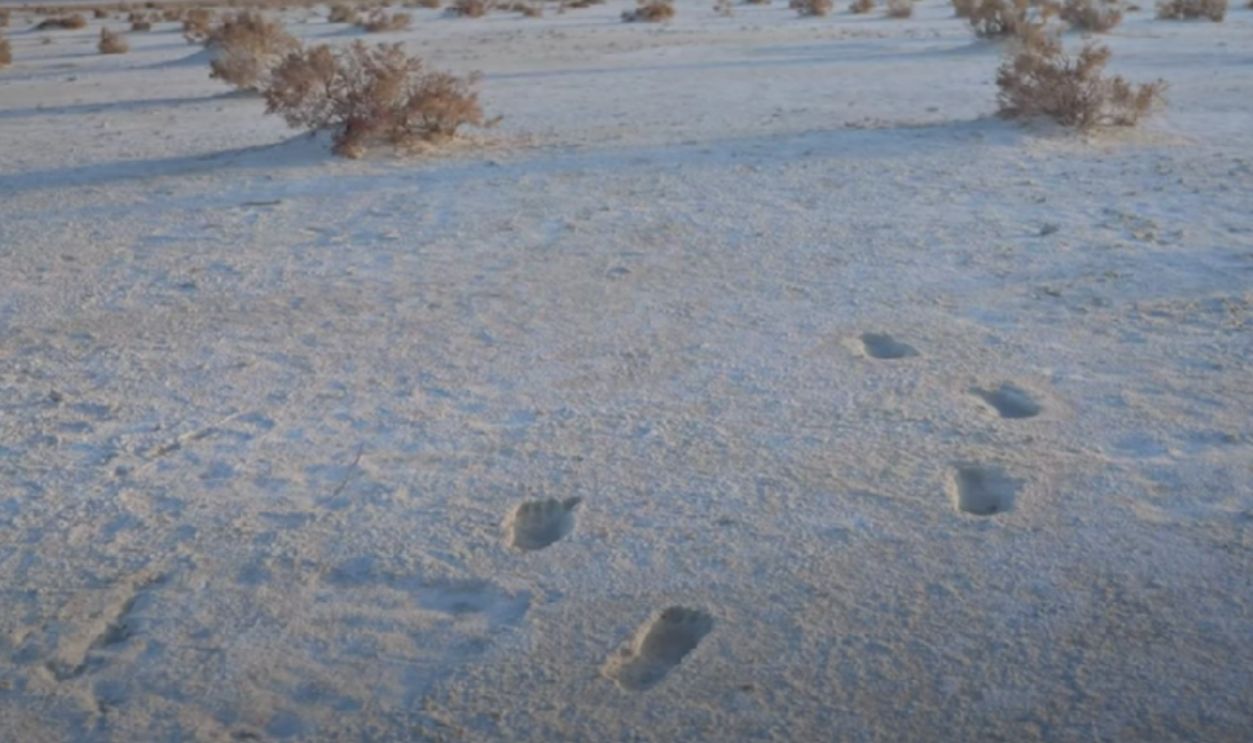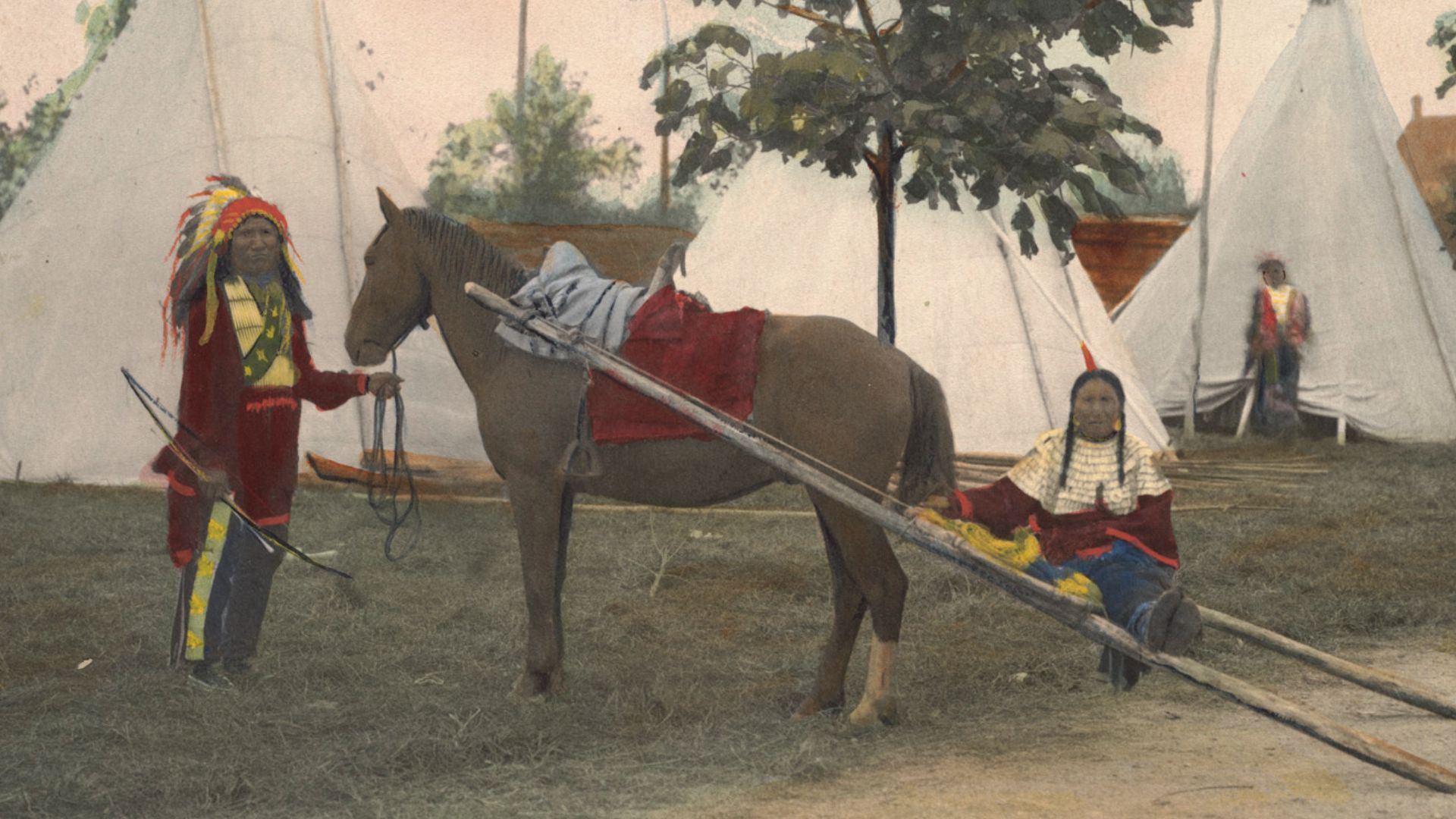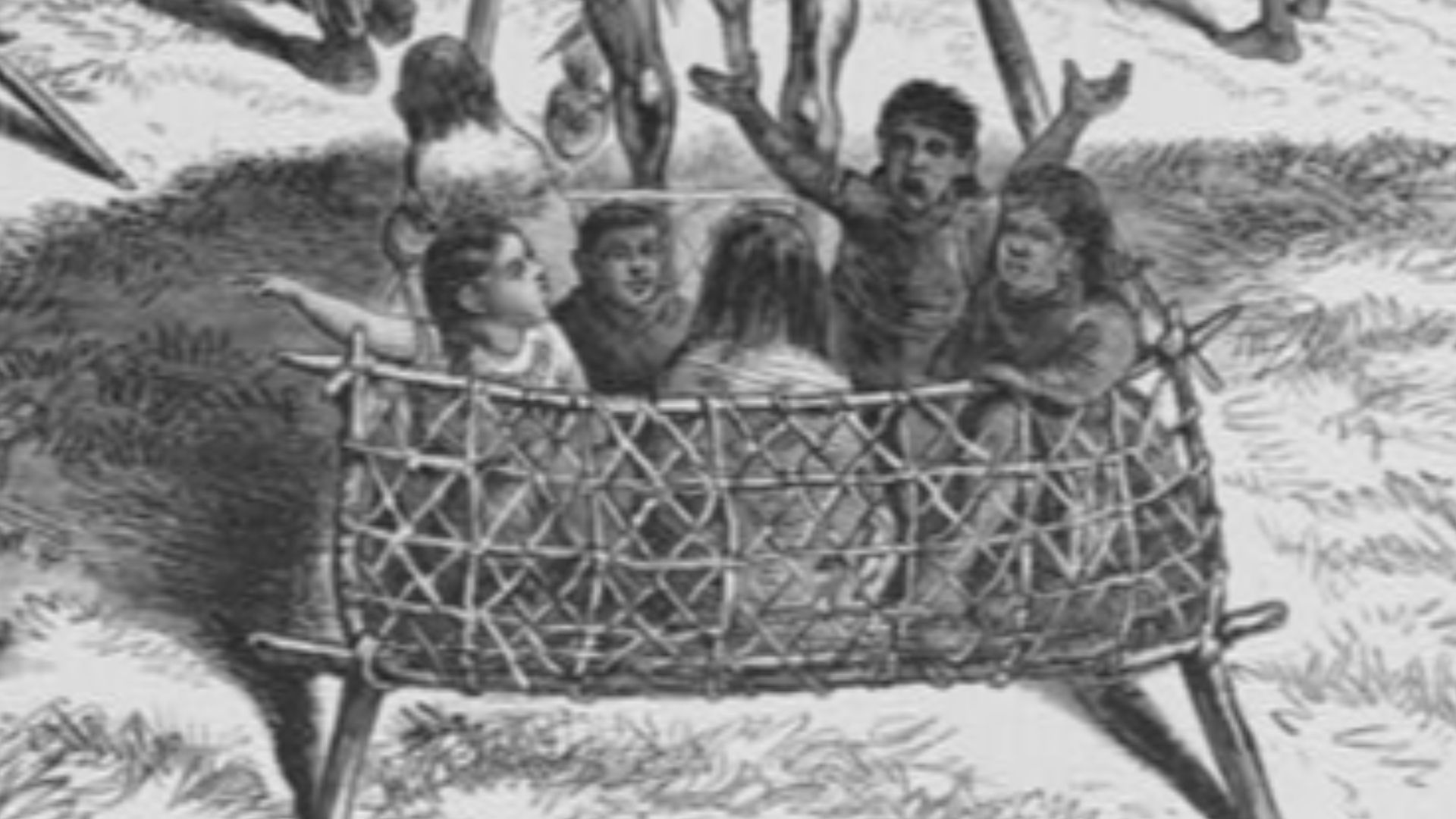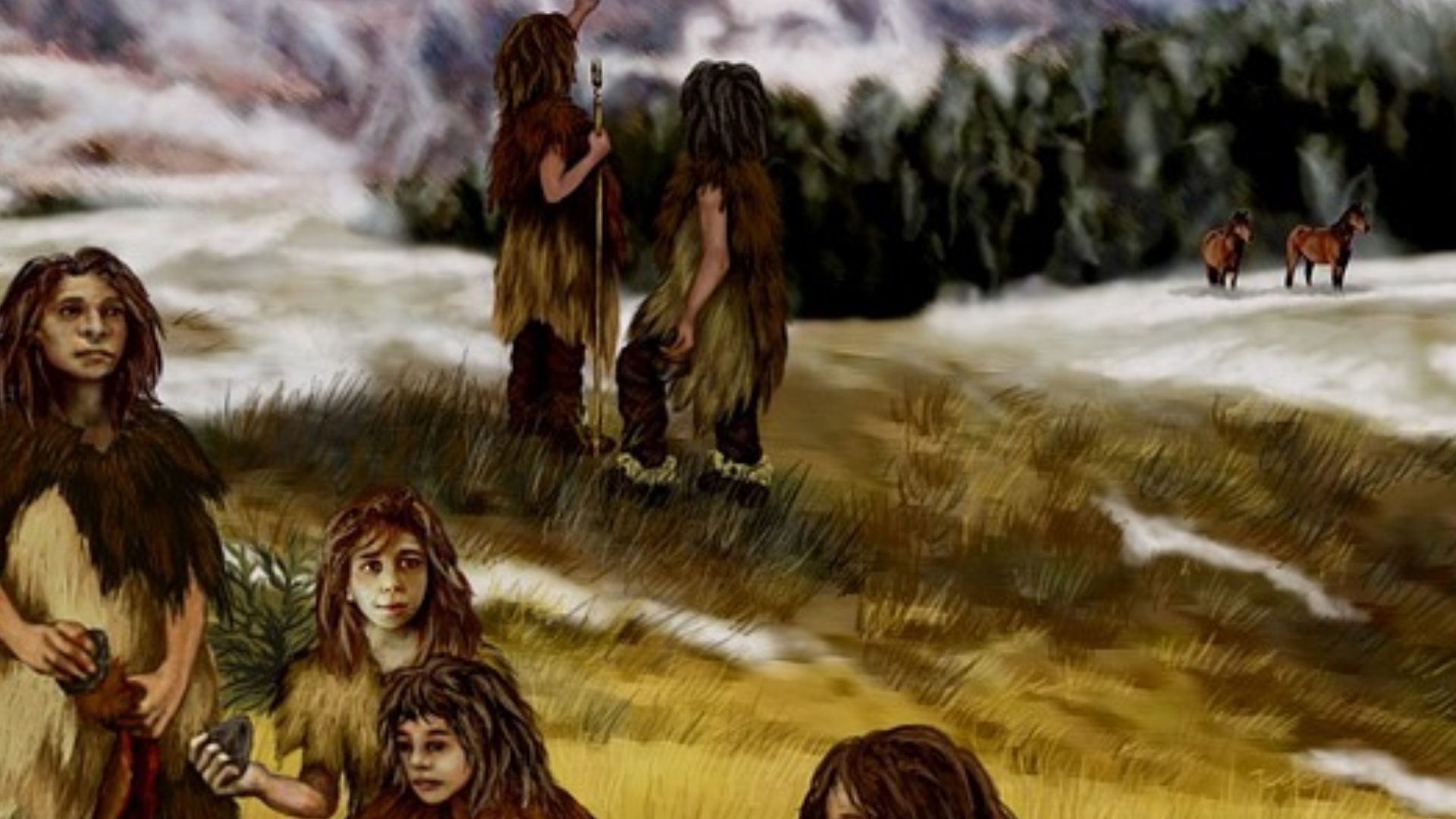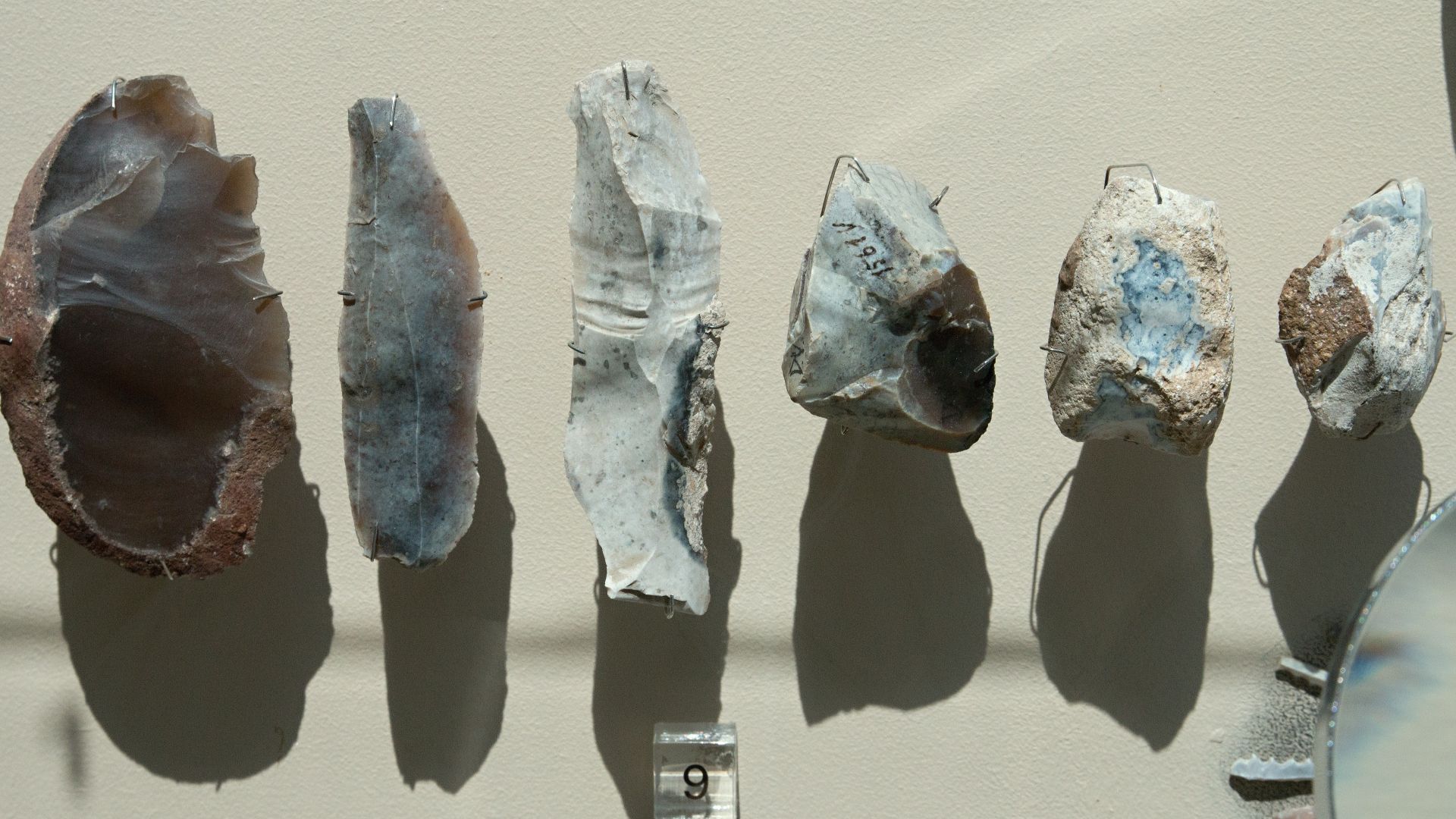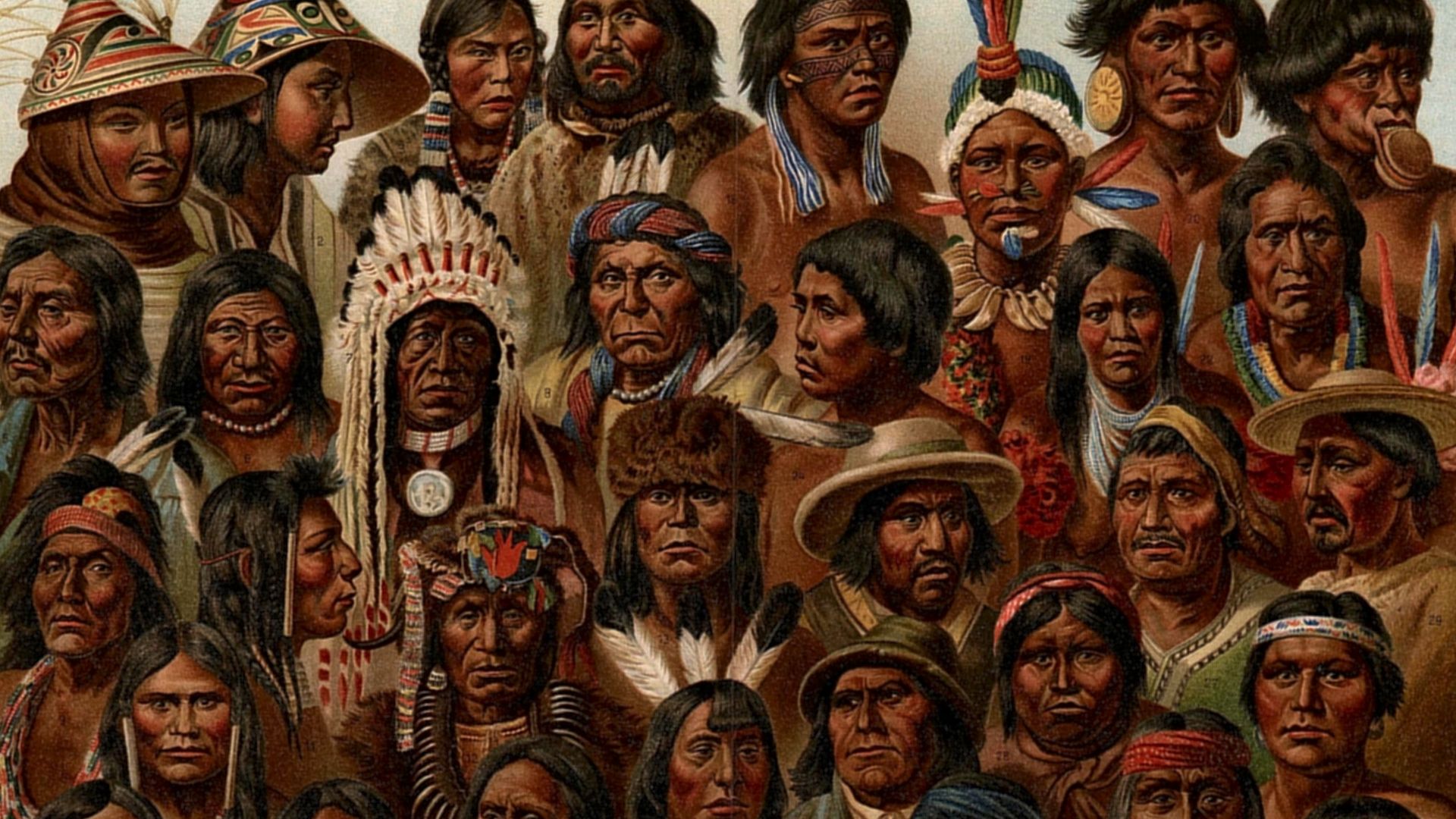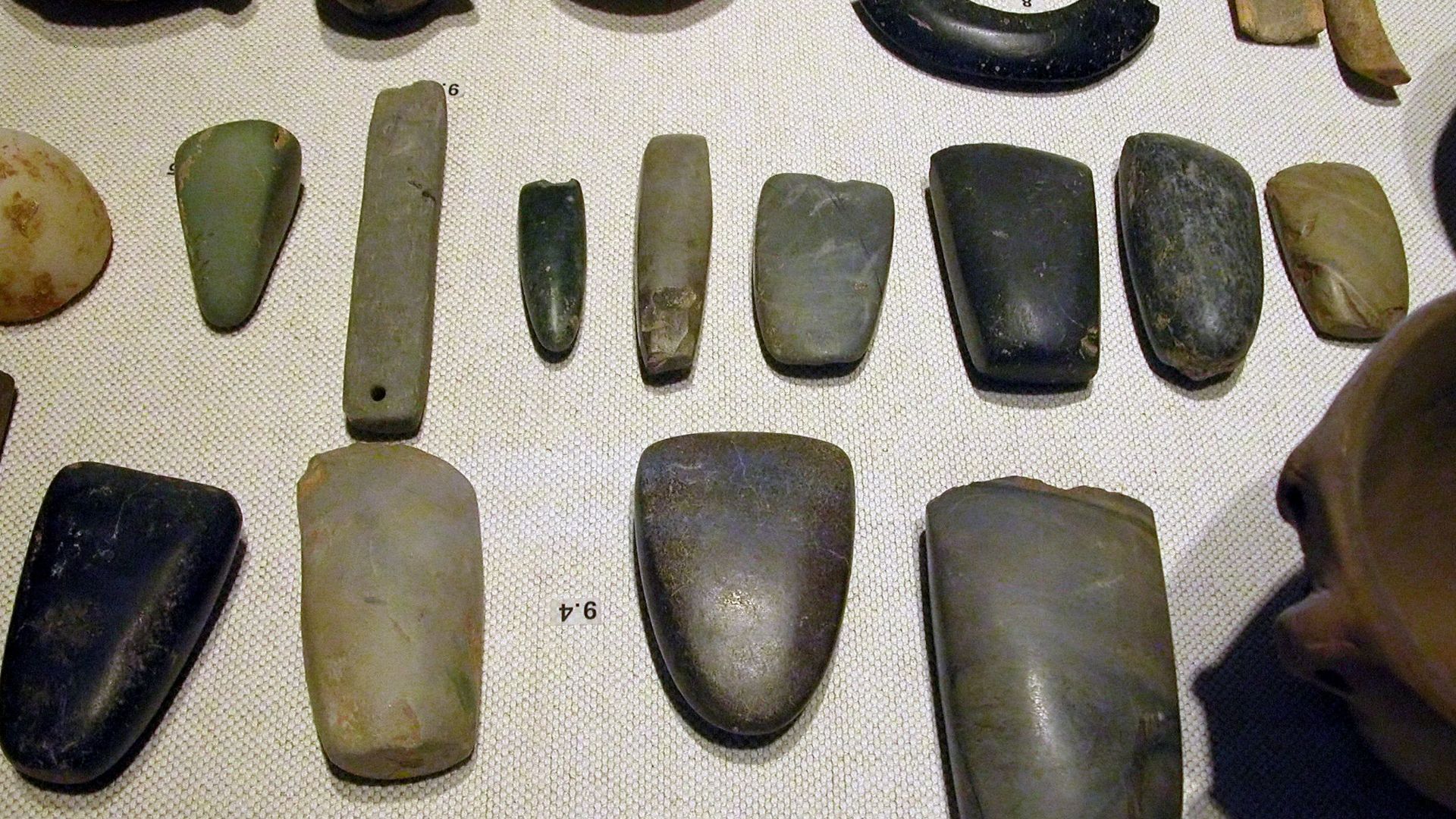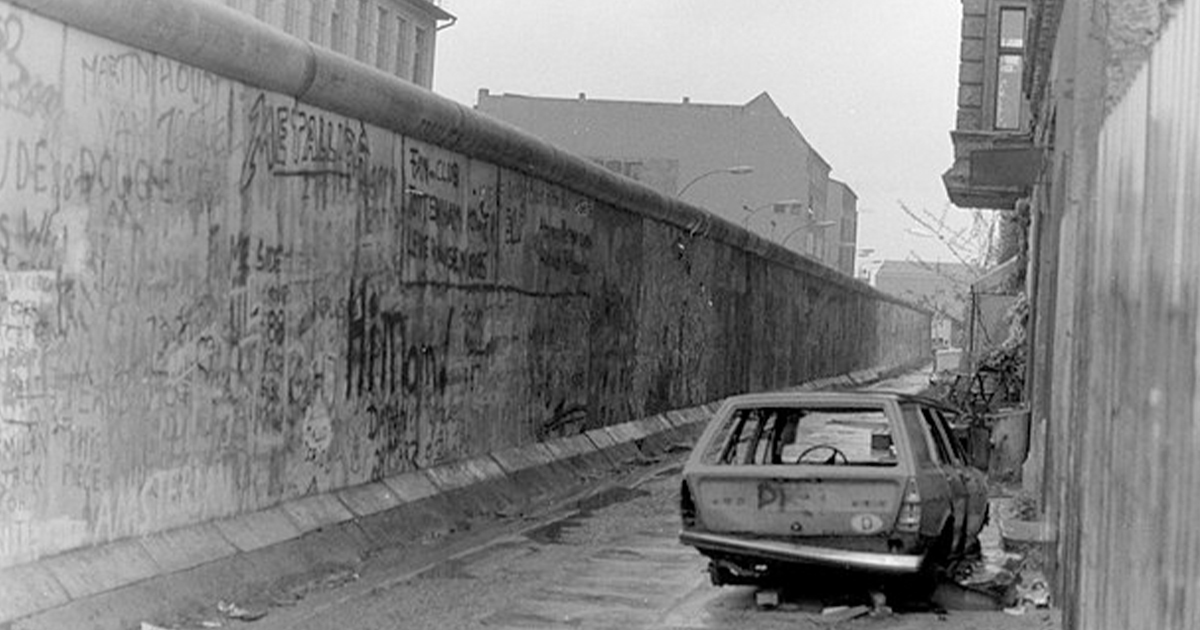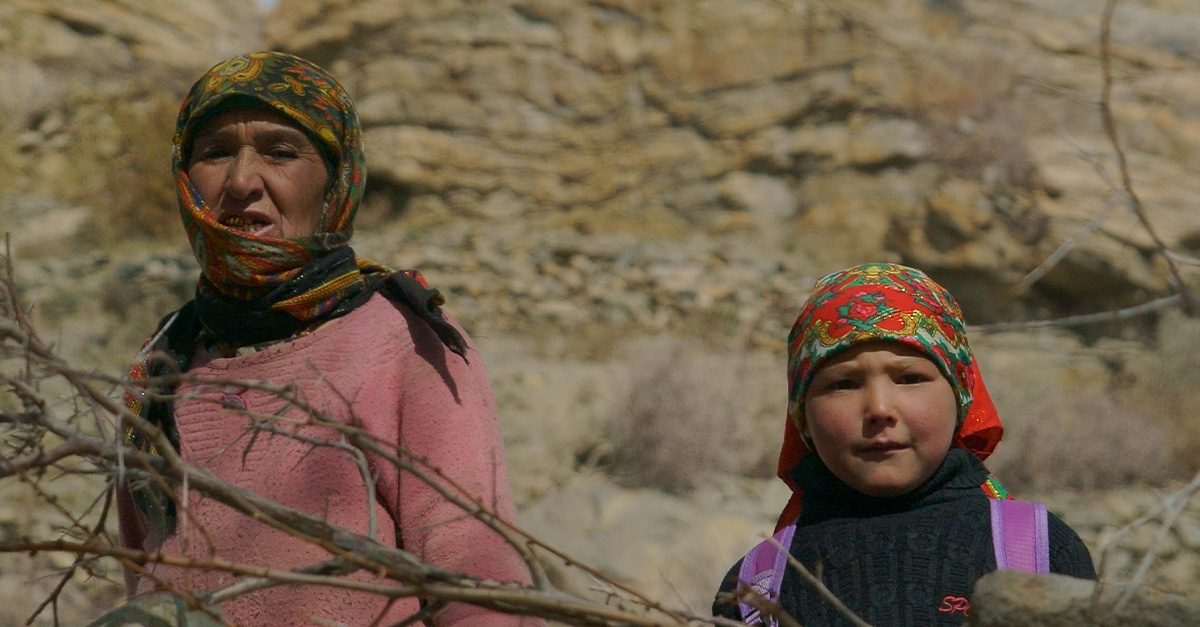No Wheels? No Problem
Back in the day, wayyyyy back, families traveled from spot to spot in search of a better life. This particular trail had kids walking, adults pulling, and nobody coasting on wheels.

Discovery Of Ancient Travois Tracks
At White Sands National Park in New Mexico, archeologists uncovered parallel drag marks preserved in Pleistocene mudflats alongside human footprints in varying sizes. These 22,000-year-old traces are now believed to be the oldest physical evidence of human vehicle use anywhere in the world.
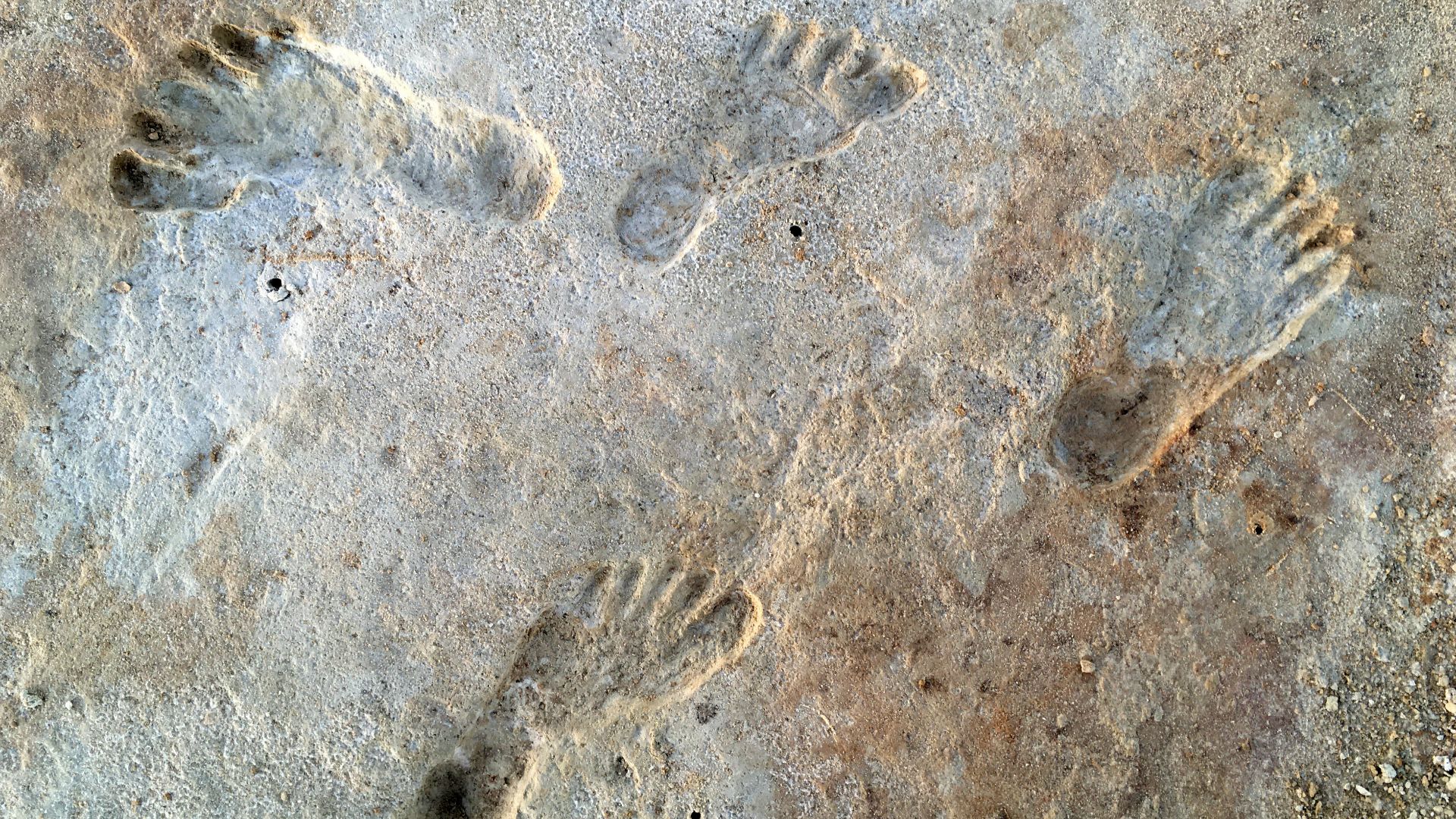 US Geological Service, Wikimedia Commons
US Geological Service, Wikimedia Commons
The Scene As A Prehistoric Caravan
Imagine the scene 22,000 years ago: a small group of travelers trudging through soft mud, kids walking beside adults, and belongings bundled in travois sleds. This vivid picture transforms our abstract understanding of ancient life into something deeply human and relatable.
 Esteban De Armas, Shutterstock
Esteban De Armas, Shutterstock
Discovery Began in 2023
The tracks were discovered in 2023 by researchers examining ancient lakebed sediments at White Sands National Park. Among the footprints, they found long, grooved impressions—signs of an ancient tool dragged across soft mud, revealing new layers of innovation in prehistoric survival.
Published In 2025, Changing The Narrative
The findings were formally published in January 2025 in Quaternary Science Advances, led by Professor Matthew R Bennett of Bournemouth University. This paper not only verified the dating but reframed long-held views on early North American migration and human adaptability.
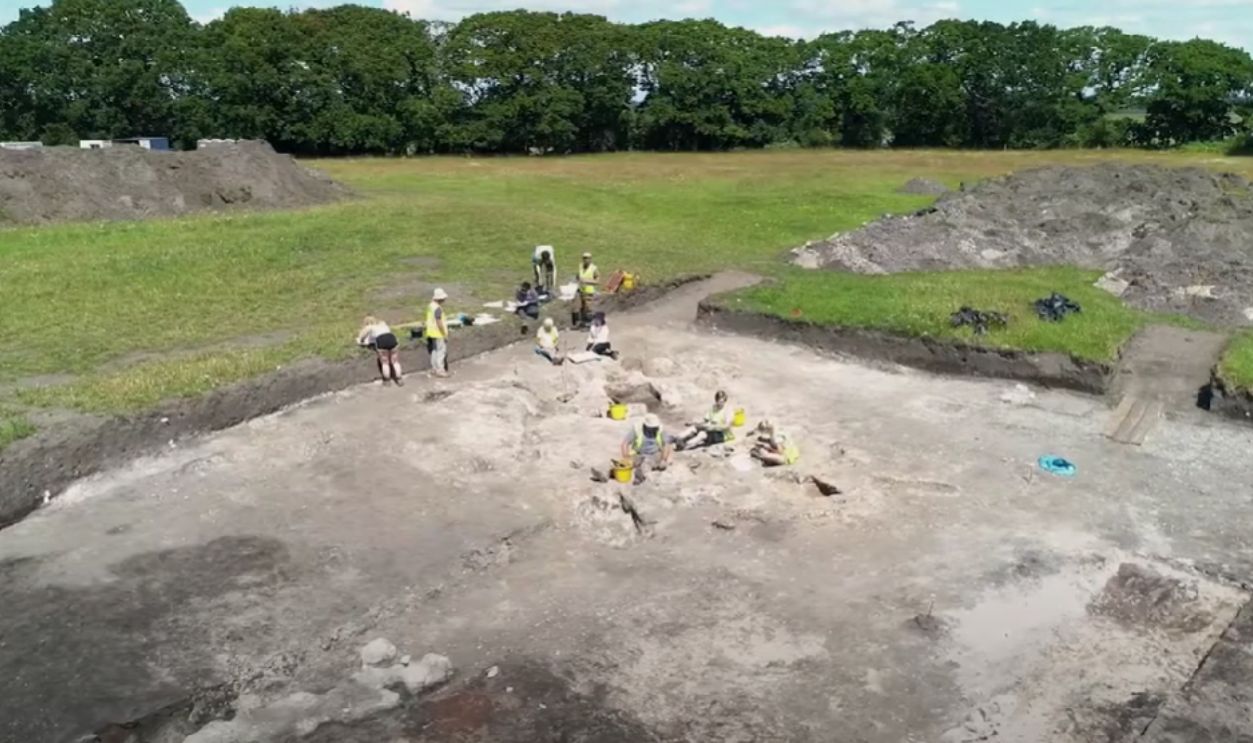 Archaeology at Bournemouth University by Bournemouth University
Archaeology at Bournemouth University by Bournemouth University
Meet The Brains Exploring It All
Before digging into the discovery, meet the puzzle solvers from across disciplines. Professor Matthew Bennett, a footprint expert from Bournemouth University, led the charge. Alongside him, paleoecologist Dr Sally Reynolds and archeologist Dr Daniel Odess helped connect the dots across time and terrain.
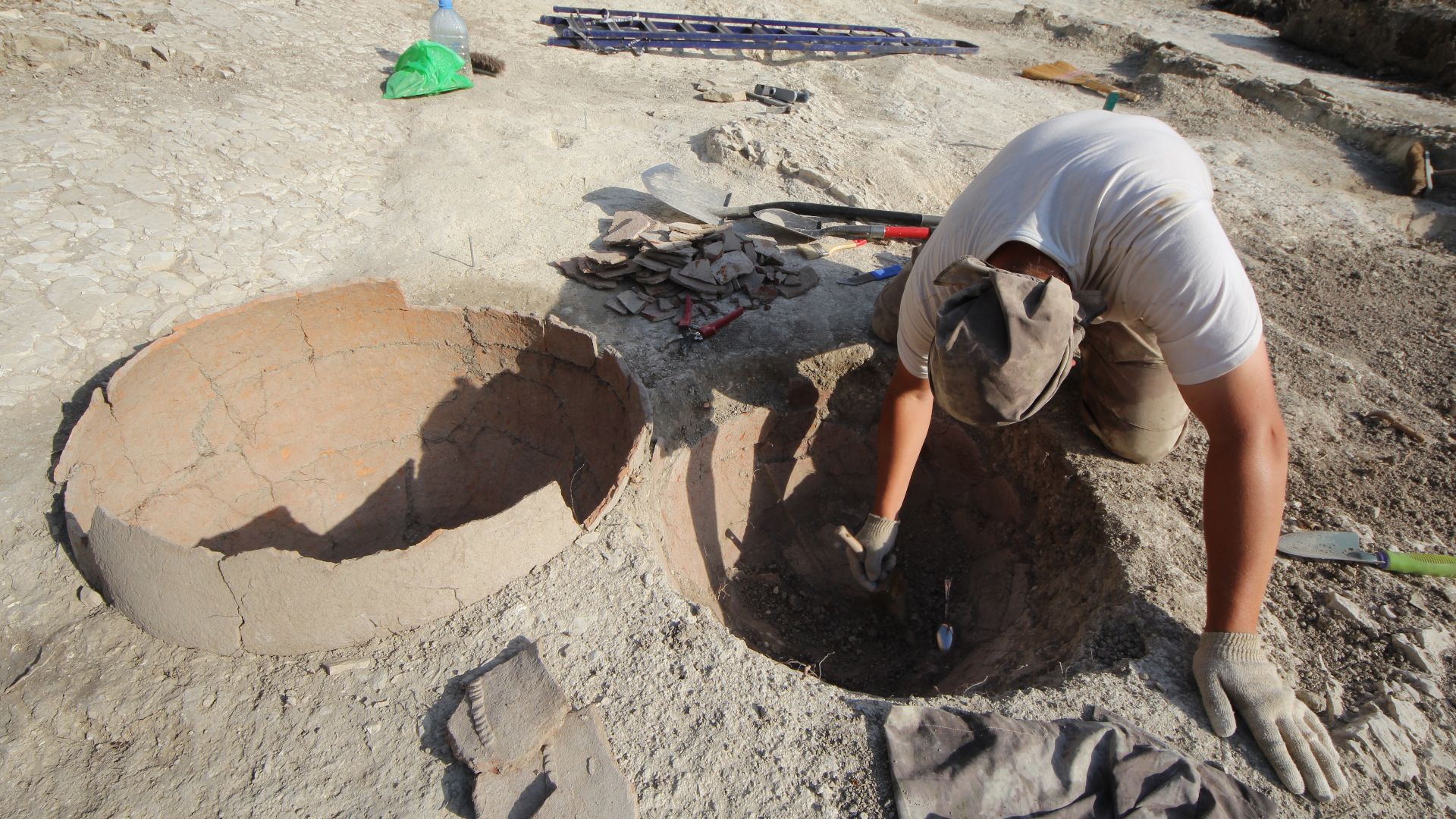 MariyaShubina, Wikimedia Commons
MariyaShubina, Wikimedia Commons
The Institutions Involved Were
Their research stretched across continents and specialties, linking Bournemouth University, Cornell, the University of Alaska, the US Geological Survey, and the National Park Service. Each brought a different lens—ecology, geology, archaeology—but one goal: To figure out what those long, dusty grooves in the mud really meant.
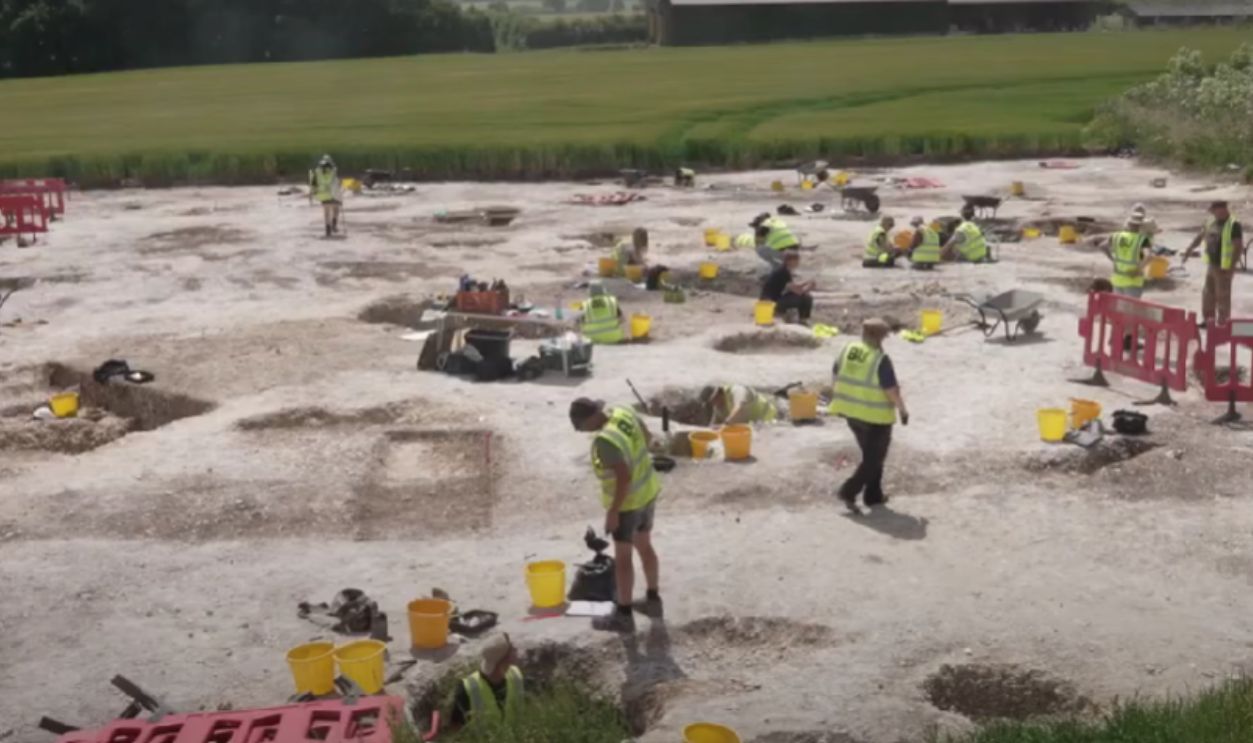 Bournemouth University Archaeology Showcase by Bournemouth University
Bournemouth University Archaeology Showcase by Bournemouth University
A Hidden Trail Resurfaces
The runnels—long, shallow drag marks—first surfaced in dried lakebed mud in White Sands National Park. Natural erosion uncovered them just enough for researchers to notice. “They clip barefoot human tracks…suggesting the user dragged the travois over their own footprints,” said Professor Matthew Bennett.
Measuring The Mud’s Memory
Some drag marks stretched dozens of meters before vanishing under sediment. The team documented track overlap, direction, and depth. Bennett noted, that the drag-marks extend for dozens of meters and that they tell a story of the movement of resources at the edge of this former wetland.
Looking Beyond The Obvious
While some grooves could have been made by firewood, most didn’t fit that pattern. And there were no signs of animals. “Travois were often pulled by animals like horses,” Bennett told New Scientist, “but this does not fit all the cases we found”.
Confident Steps Into Deep Time
Using radiocarbon dating and sediment analysis, the team confirmed the tracks’s astonishing age. “We’re fairly confident about the dates,” Bennett told New Scientist, reinforcing the idea that early humans moved through this terrain long before the ice sheets officially stepped aside. Now, what’s a travois?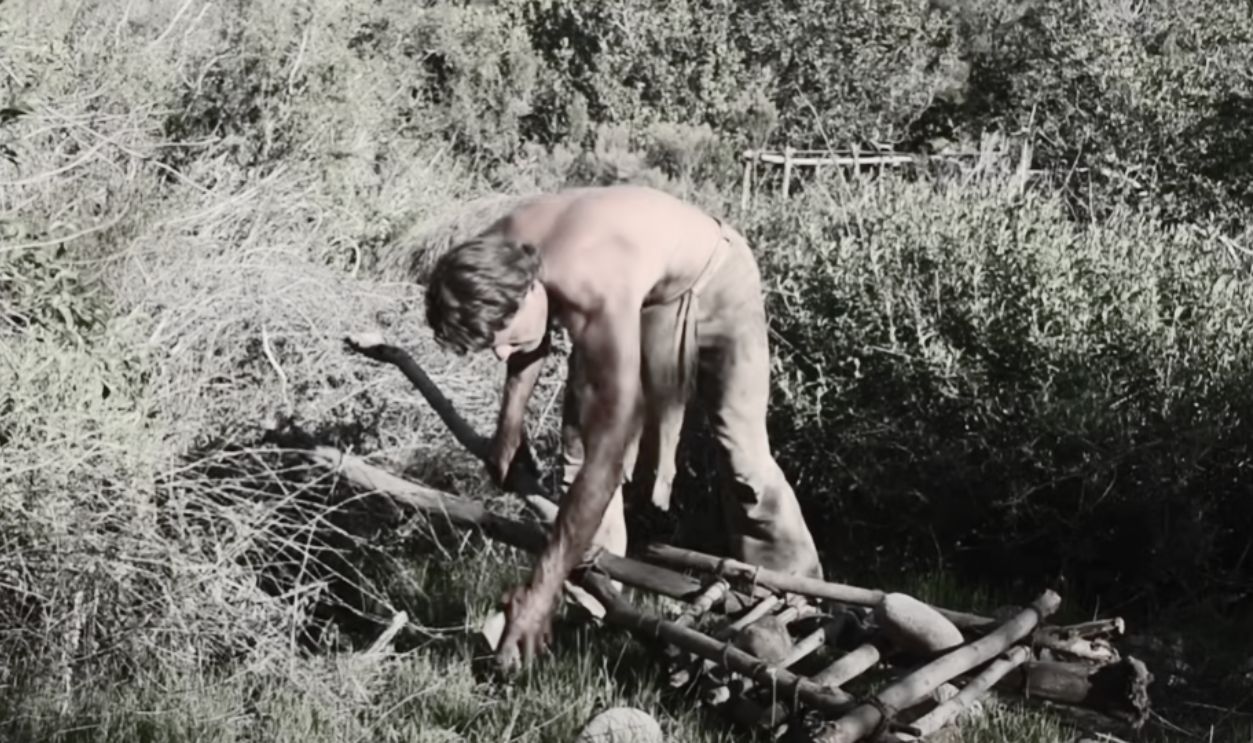 Building a Primitive Travois and Frame of the New Hut - (new beginnings part 9) by Chad Zuber
Building a Primitive Travois and Frame of the New Hut - (new beginnings part 9) by Chad Zuber
What’s A Travois?
A travois is a V-or X-shaped hauling tool made from two poles lashed together, used to drag loads across land. Commonly linked to Indigenous Plains cultures, new findings suggest humans used similar setups over 20,000 years ago—long before the wheel came into play.
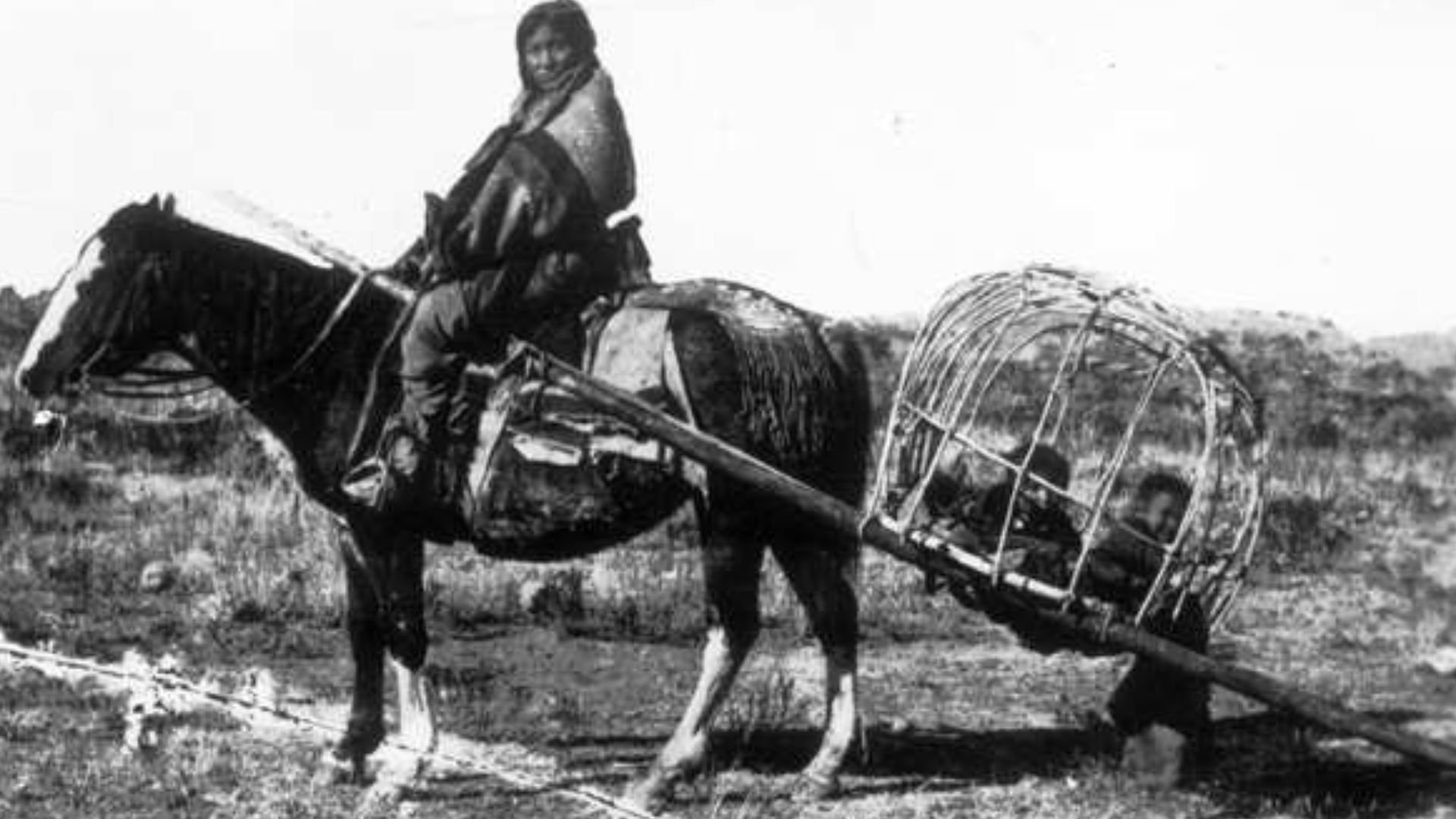 Unknown authorUnknown author, Wikimedia Commons
Unknown authorUnknown author, Wikimedia Commons
Construction And Design
A travois often included a platform or netting stretched between its poles to hold cargo. This smart design made it easy to drag loads across grass or snow—no wheels needed. It was simple, sturdy, and adaptable to whatever the terrain threw at it.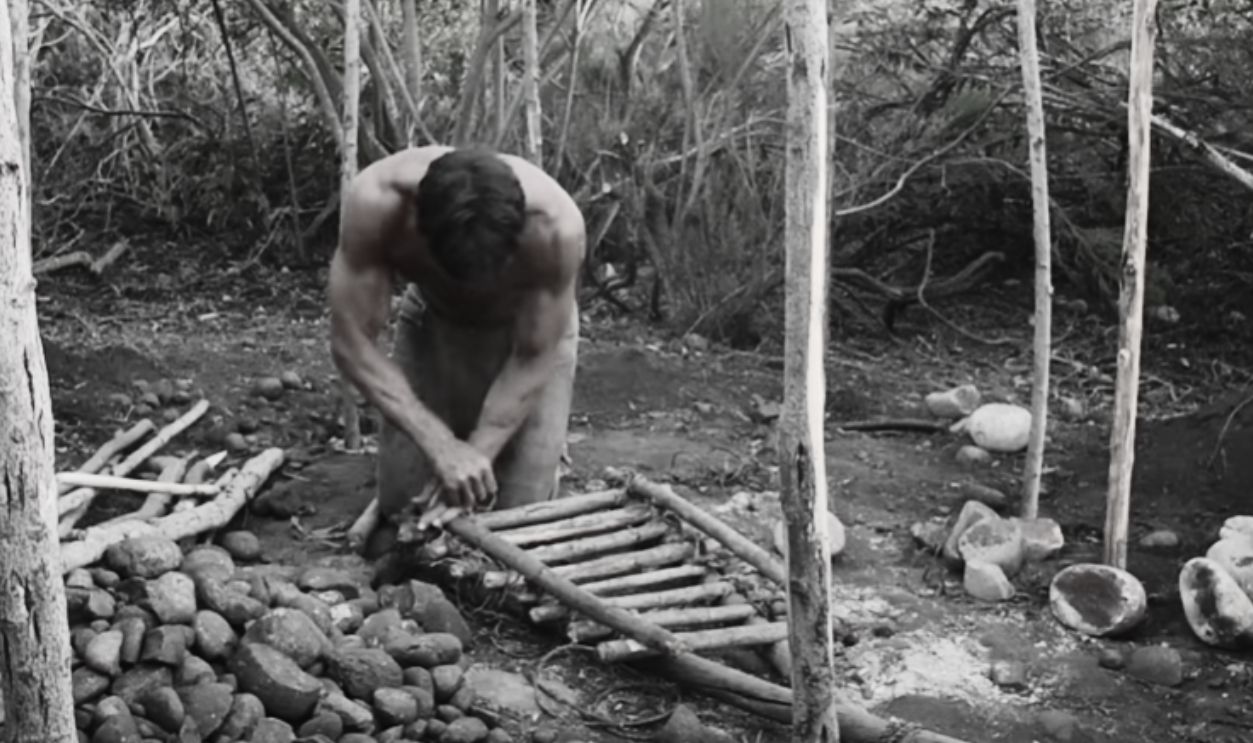 A Travois is a Great Tool, except when... (new beginnings part 10) by Chad Zuber
A Travois is a Great Tool, except when... (new beginnings part 10) by Chad Zuber
Human And Animal Power
Initially, humans pulled travois by hand, sometimes using shoulder harnesses for better efficiency. With the domestication of dogs and later the introduction of horses by Europeans, these animals became primary pullers, which increased the travois’s load capacity and range of use.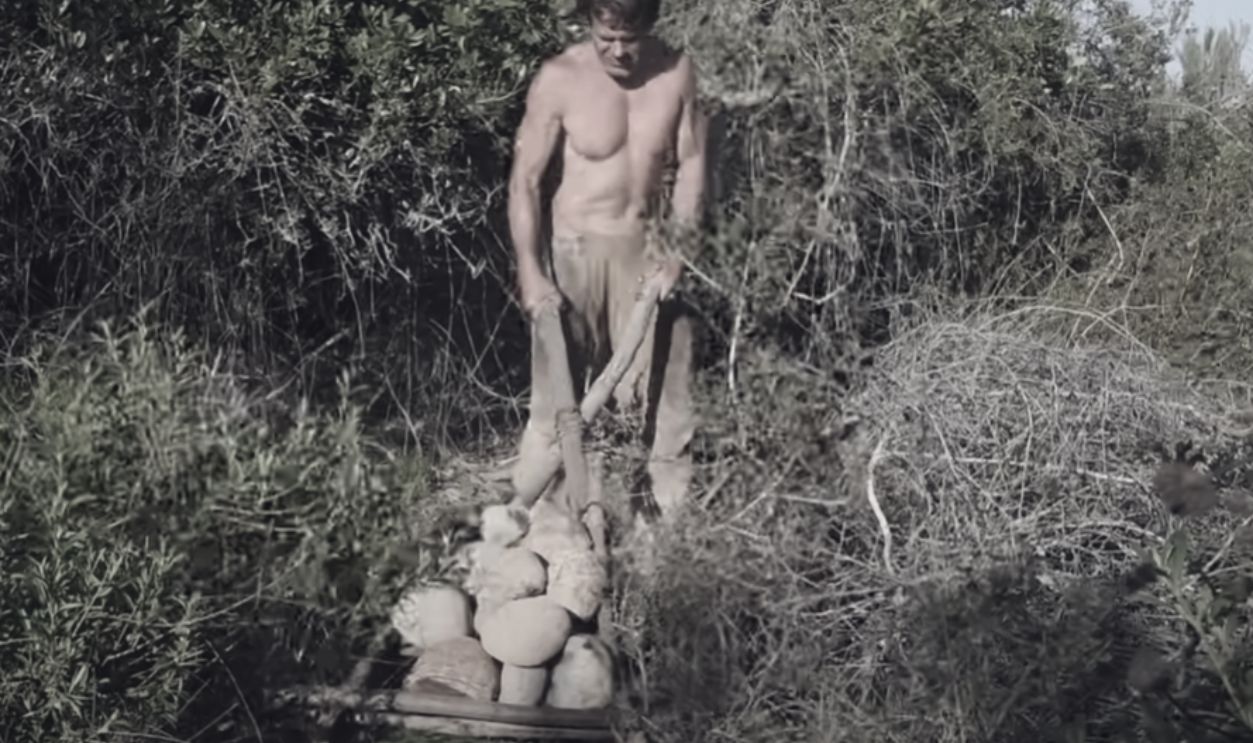 Building a Primitive Travois and Frame of the New Hut - (new beginnings part 9) by Chad Zuber
Building a Primitive Travois and Frame of the New Hut - (new beginnings part 9) by Chad Zuber
Versatile Applications
Beyond transporting goods, travois served multiple purposes. They were used as makeshift fences by tying several together to corral animals, as ladders when leaned against structures like tipis, and even as burial platforms for infants in certain cultures.
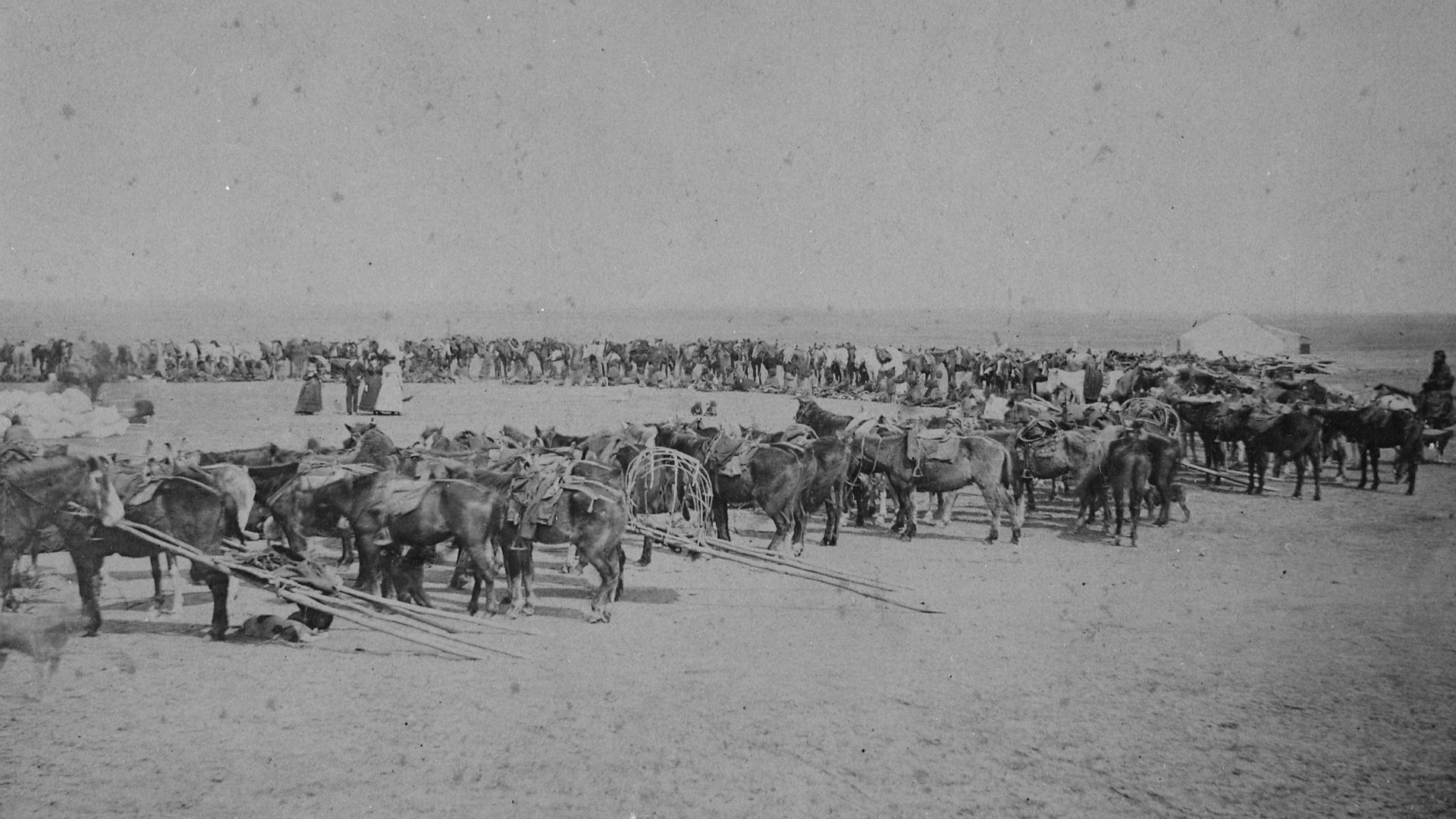 Unknown authorUnknown author or not provided, Wikimedia Commons
Unknown authorUnknown author or not provided, Wikimedia Commons
Load Capacity And Efficiency
The travois enabled individuals to carry heavier loads than they could on their backs, especially over soft soils or snowy terrains where wheeled vehicles would struggle. Just like the carts we use in malls today, they ensures someone doesn't have to break their back carrying heavy.
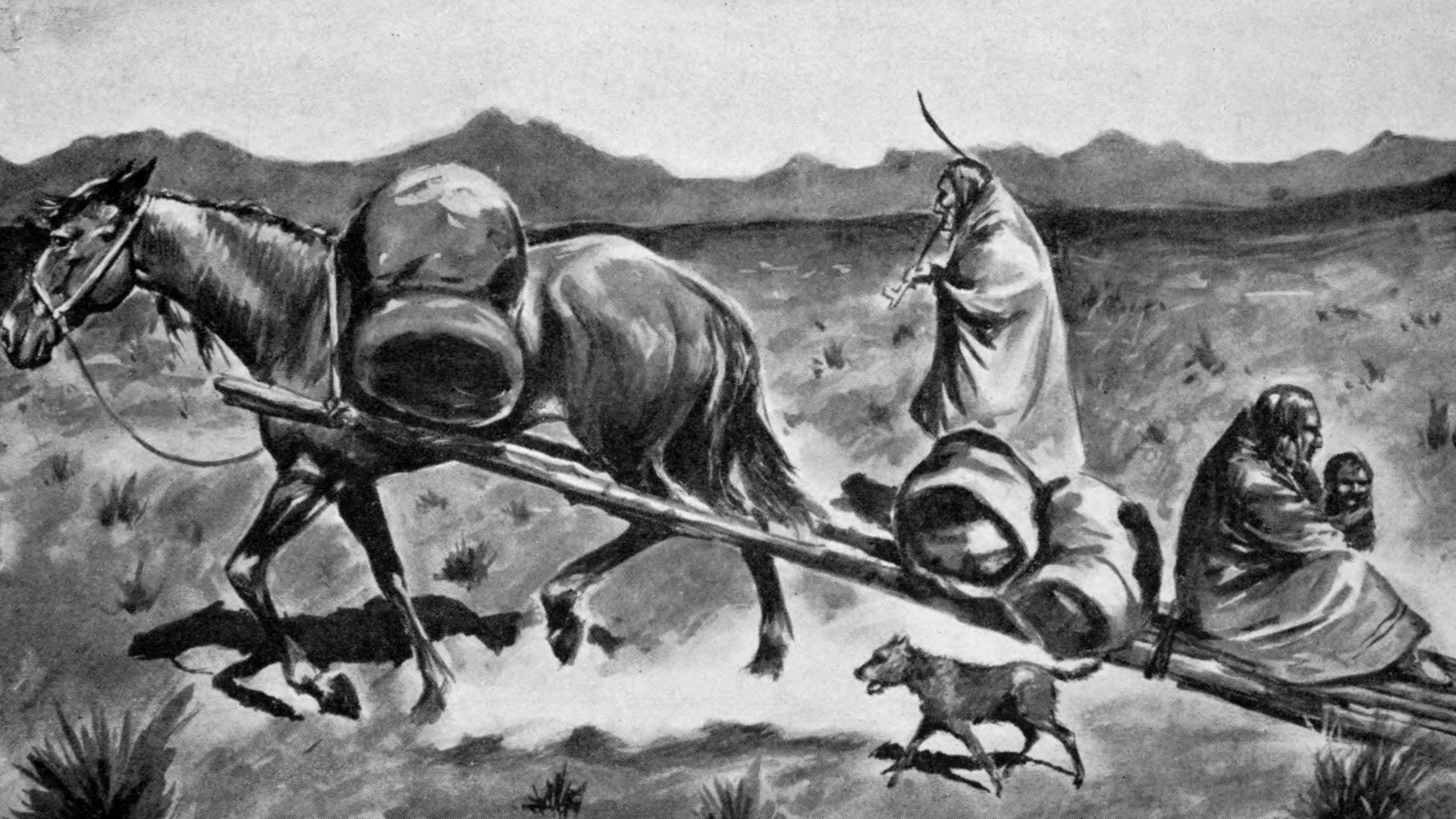 Archer Butler Hulbert, Wikimedia Commons
Archer Butler Hulbert, Wikimedia Commons
Cultural Significance
For many Indigenous North American tribes, the travois hauled everything from belongings to entire dwellings, and sometimes even children tucked into bundles. Designs varied by region, with some made from buffalo ribs or shaped to glide more easily over snow or grassland.
To Prove It’s Truly A Travois Track, The Researchers Did An Experiment
To confirm their hypothesis, researchers constructed replica travois and dragged them across muddy terrains in Britain and Maine. The resulting patterns matched the ancient marks found at White Sands, supporting the theory that early humans used such devices for transportation.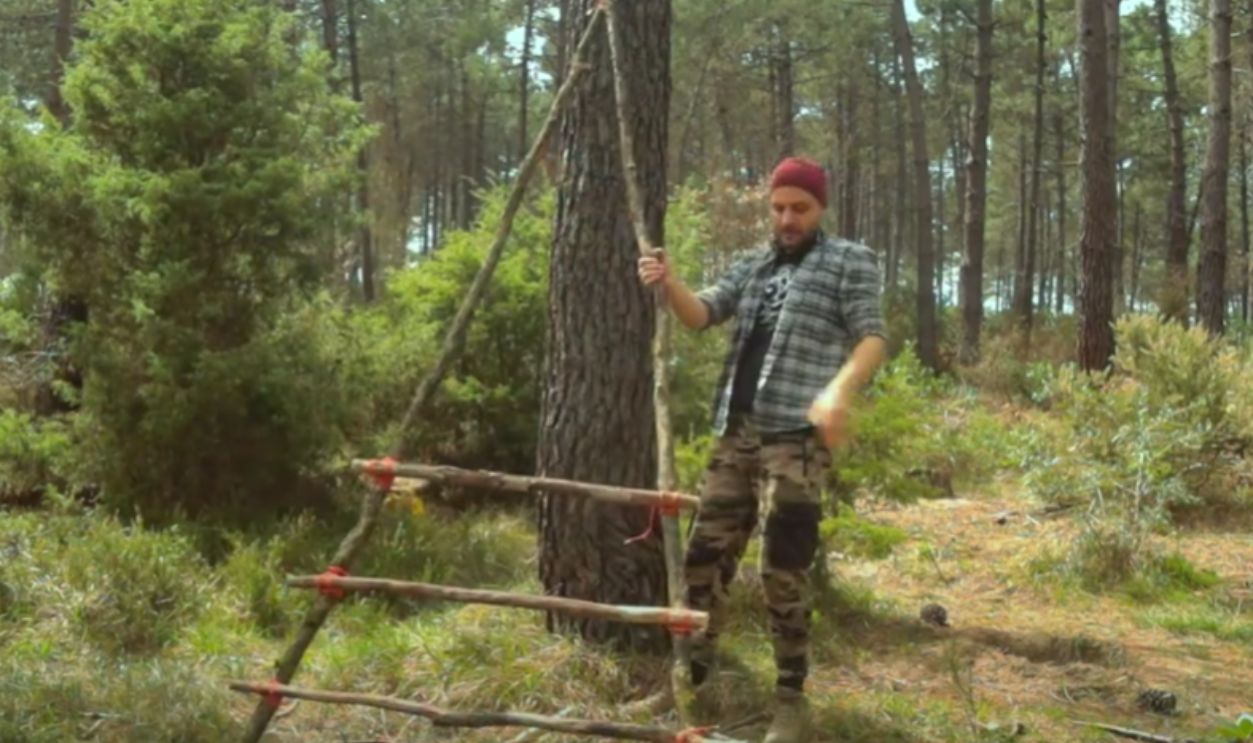 How To Make a TRAVOIS?! | Bushcraft Camping & Survival Skills by Delta Plan
How To Make a TRAVOIS?! | Bushcraft Camping & Survival Skills by Delta Plan
The Travois Dragged With It Tiny Human Prints
On the sides of the drag marks were footprints that varied in size, including tiny human feet. This suggests the travois was not just a tool but part of
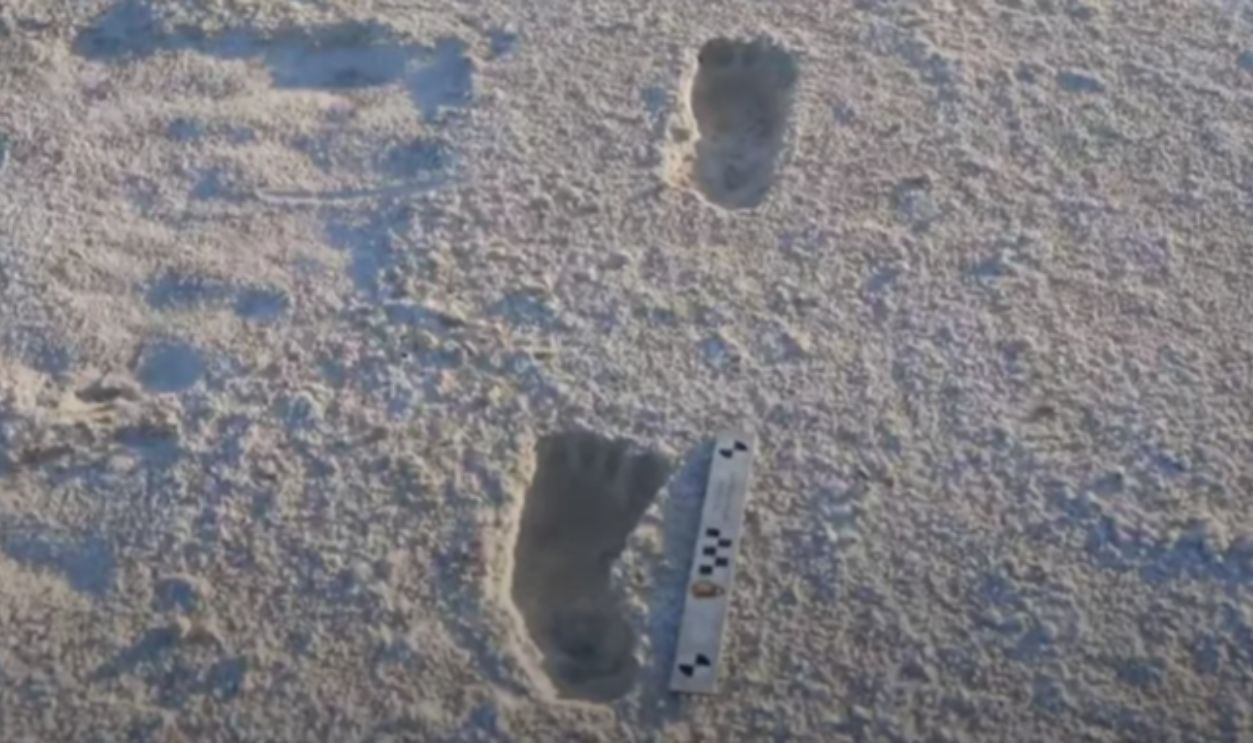 Footprints from the Past by AZPM
Footprints from the Past by AZPM
Context Matters
Without the surrounding footprints, drag marks alone might’ve been ignored. It’s the context of who was there and how they moved that allows for a full interpretation. It might seem like a small detail, but just think about it; were it not for the footprints, would it spark any curiosity?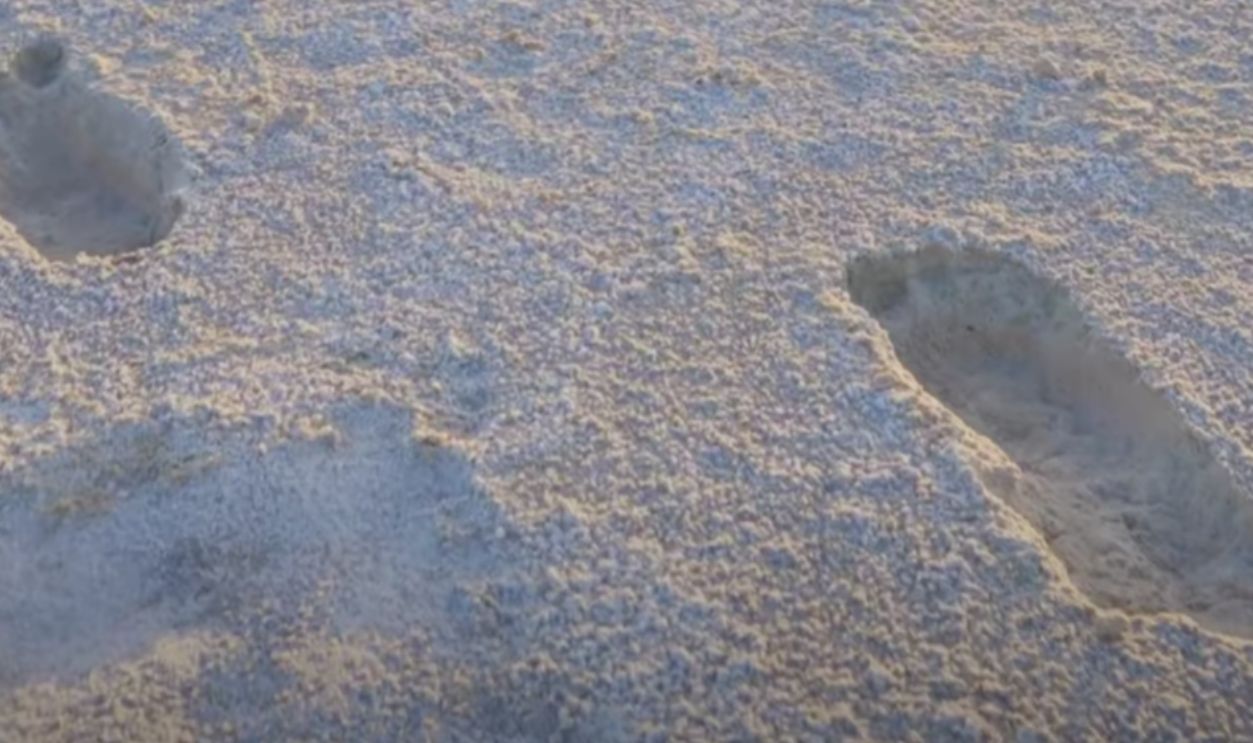 Footprints from the Past by AZPM
Footprints from the Past by AZPM
Children In Prehistoric Travel
The discovery of smaller footprints shows that children weren’t left behind when the adults went out searching. They were active participants in migrations, possibly helping carry light loads or simply keeping pace. You know, kids, monkey see, monkey do. For this reason, it isn’t farfetched to say they helped.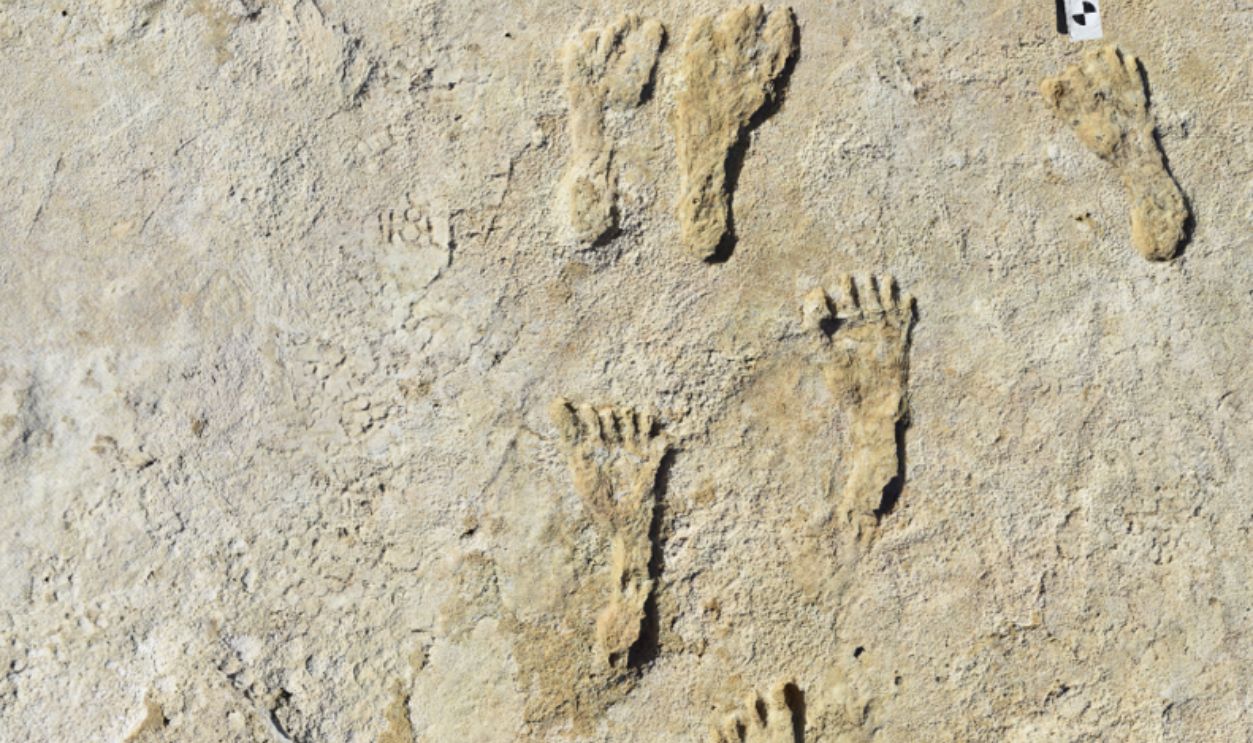 NPS, Wikimedia Commons
NPS, Wikimedia Commons
The Findings Proved Extended Use
Some travois drag marks stretched 165 feet or more, suggesting extended usage. These pulls across puddles indicate sustained effort, long travel days, and physical endurance, making them key data points in understanding prehistoric logistics.
Previous Migration Timelines Might Be Off
Travois tracks found at White Sands date back 22,000 years, placing human activity in North America much earlier than 13,000 years ago. These findings align with other evidence pointing to an earlier migration during the Last Glacial Maximum, possibly along coastal or ice-free corridor routes.
The Clovis Theory Is Under Fire
The Clovis-first model places human arrival in North America at 13,000 years ago. This specific discovery shows people were already migrating, innovating, and adapting thousands of years earlier, using tools like travois to move across challenging terrain.
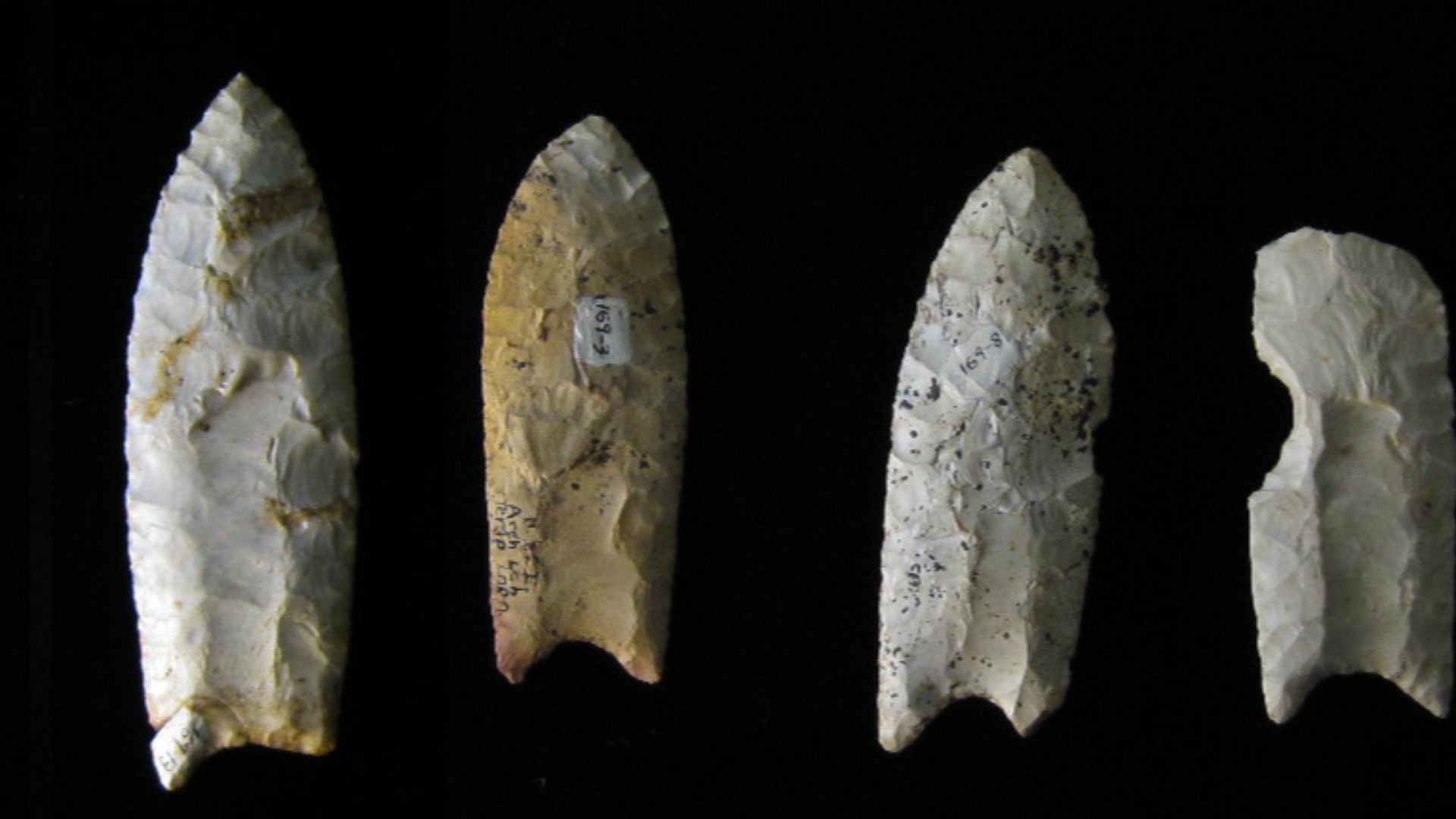 Bill Whittaker (talk), Wikimedia Commons
Bill Whittaker (talk), Wikimedia Commons
How The Tracks Remained Perfectly Preserved
The dry lakebeds of White Sands create ideal preservation conditions due to rapid sediment coverage and minimal disturbance. The result is fossilized footprints and drag marks that have survived millennia to offer a rare glimpse into how early people moved through the environment.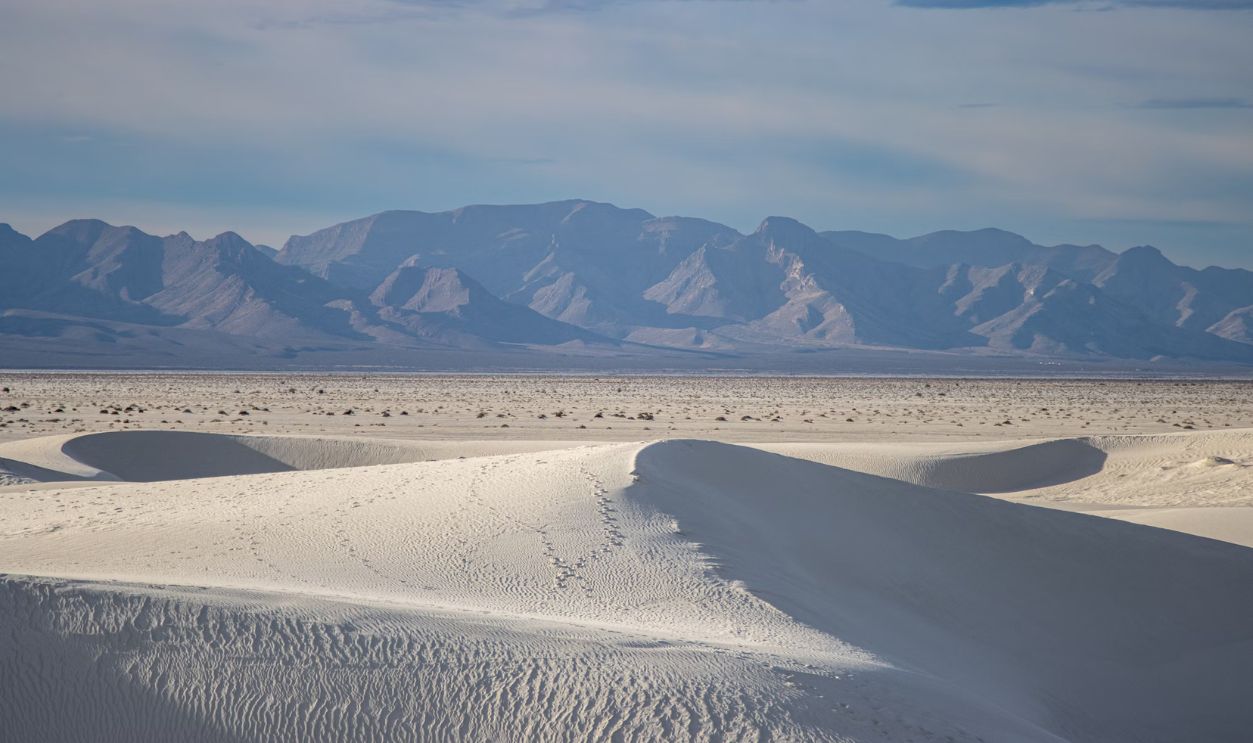 Caleb Jack, Unsplash
Caleb Jack, Unsplash
Insights Into Daily Life
These prints provide more than data—they give us a snapshot of prehistoric life. The presence of adults and children traveling together, using technology to ease burdens, paints a picture of social cooperation, family-based migration, and practical problem-solving. Gorodenkoff, Shutterstock
Gorodenkoff, Shutterstock
Comparison With Later Technologies
Think the wheel was humanity’s first big invention? Not even close. People were rigging up travois systems to haul their stuff across tough terrain nearly tens of thousands of years before the wheel rolled onto the scene around 3,500 BCE in Mesopotamia.
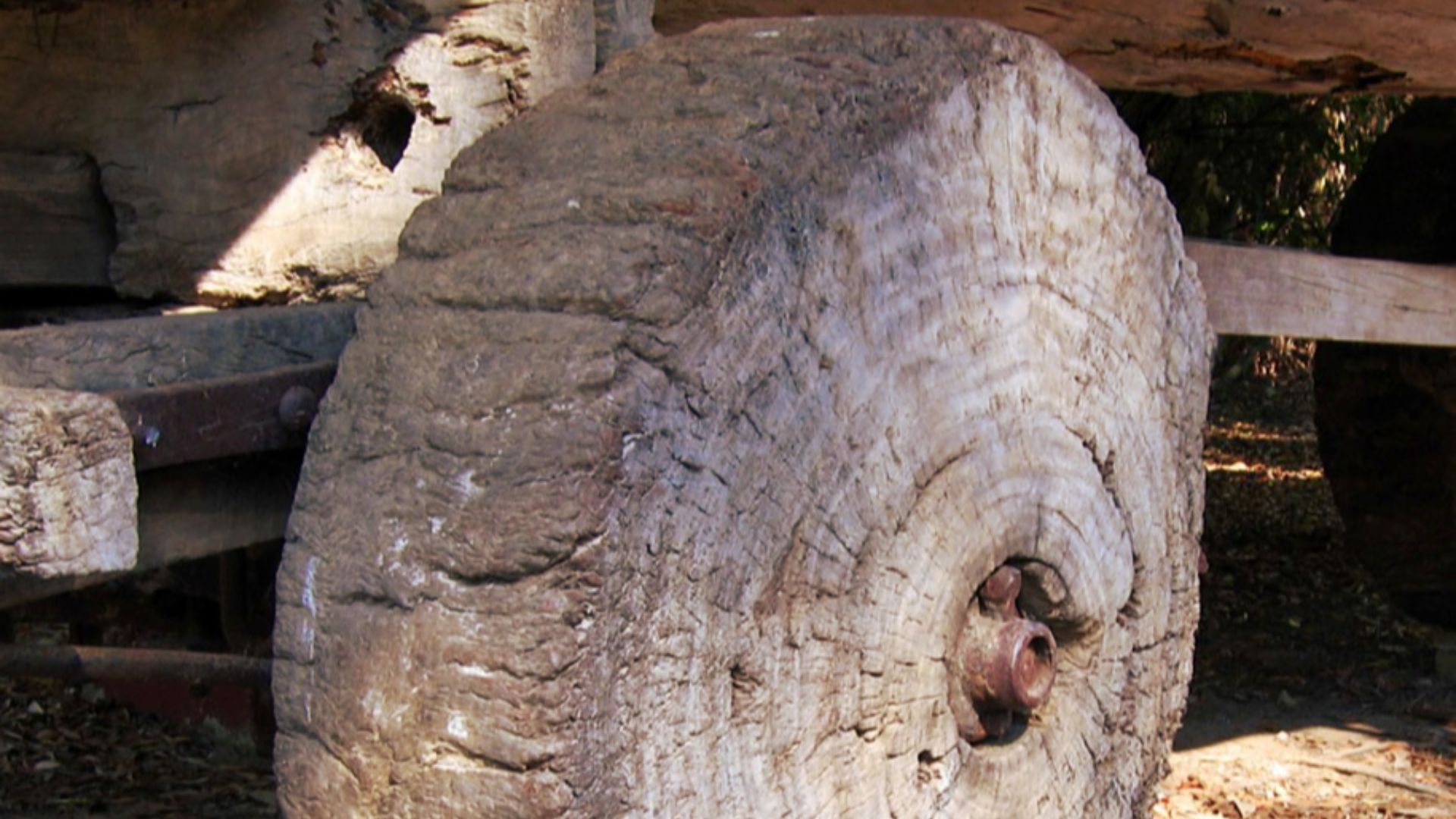 John O'Neill, (User:Jjron), Wikimedia Commons
John O'Neill, (User:Jjron), Wikimedia Commons
Can We Find Evidence Of The Travois?
Quick answer: No. Wooden tools like travois poles rot over time to leave almost no direct archeological trace. That’s why indirect evidence, like impressions in ancient mudflats, is vital to piecing together early human technology and mobility.
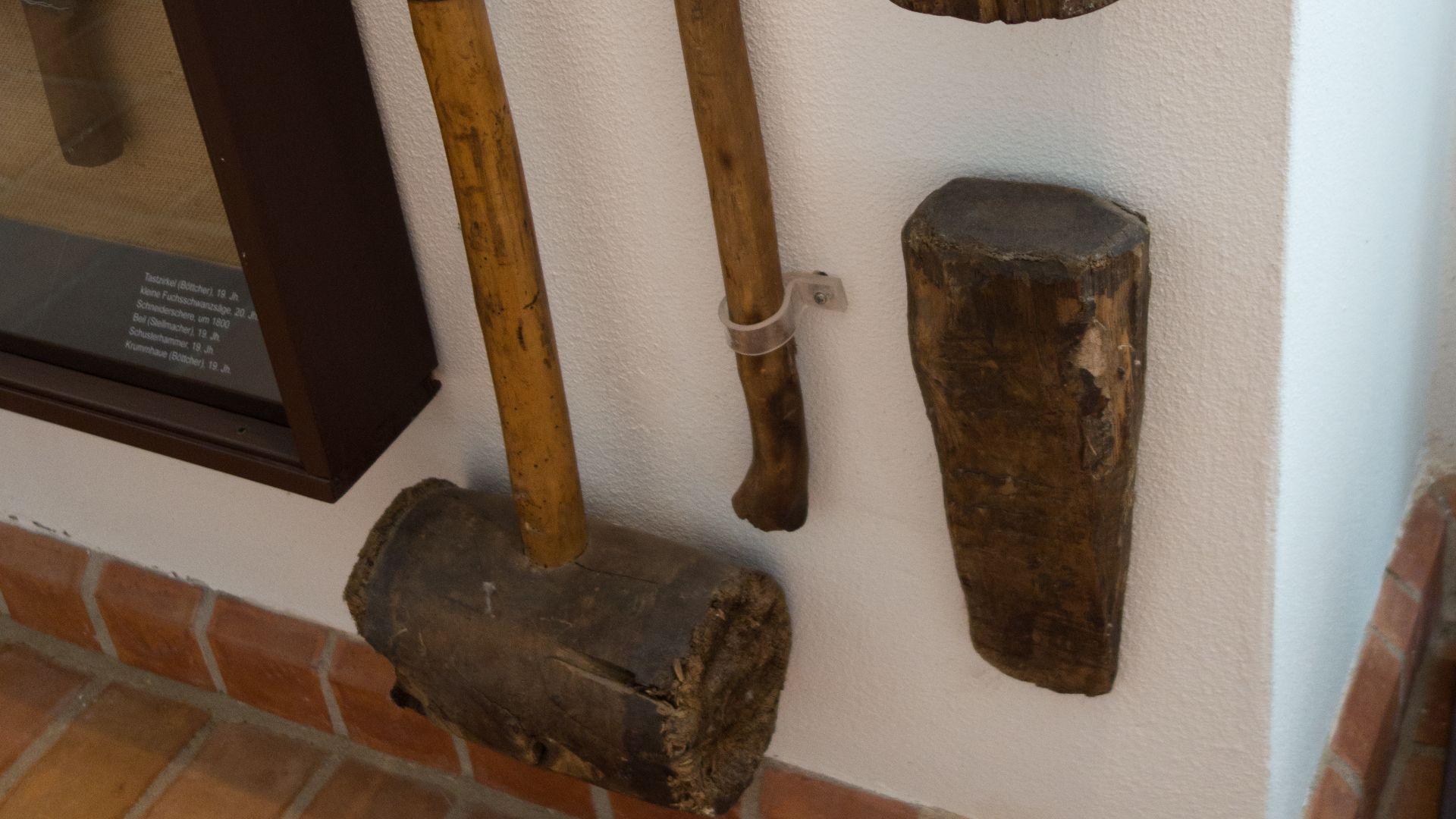 Thomas Quine, Wikimedia Commons
Thomas Quine, Wikimedia Commons
Is There Influence On Modern Understanding?
This finding underscores that “advanced” technology is often rooted in necessity, not convenience. Prehistoric humans didn’t wait for the wheel—they built what they needed with what they had. You know the saying necessity is the mother of invention, right? Here’s the proof.
Broader Implications For Archaeology
These tracks encourage archeologists to reconsider assumptions about prehistoric mobility and logistics. The use of technology in this context implies social planning and foresight, rather than purely subsistence-level survival, challenging long-held views of early human behavior.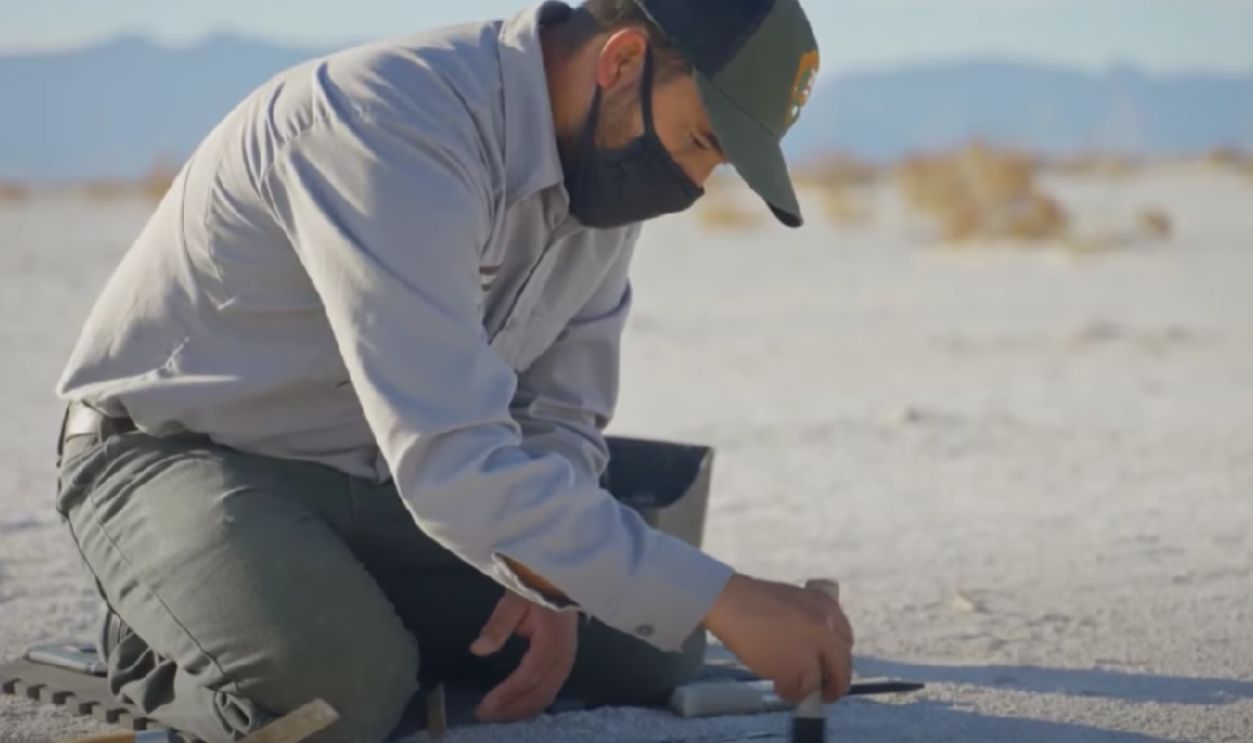 Follow-up study confirms age of fossil human footprints found at White Sands National Park by KRQ
Follow-up study confirms age of fossil human footprints found at White Sands National Park by KRQ
Such Findings Encourage More Detailed Exploration
Now that drag-based transport evidence has been confirmed at White Sands, other researchers may re-examine previously overlooked trackways. Similar patterns may exist at sites once believed to show only footprints or natural erosion. It will make researchers more attentive to the minor details.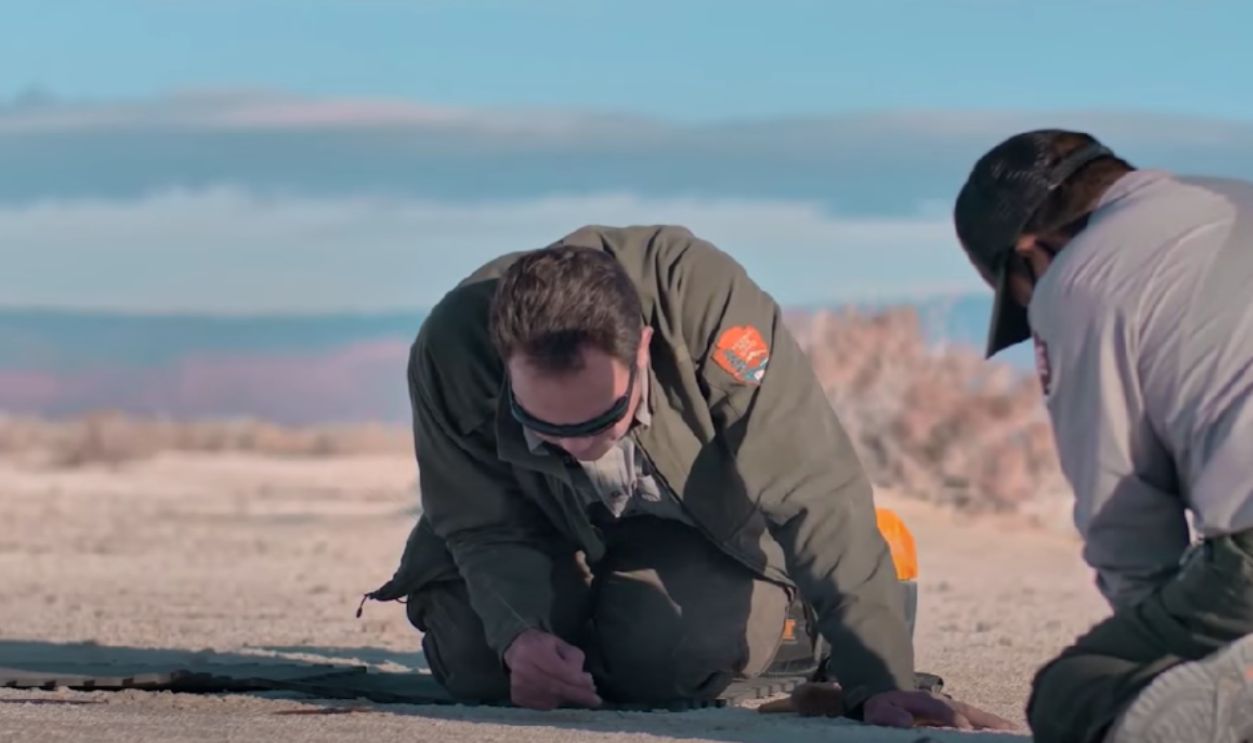 Follow-up study confirms age of fossil human footprints found at White Sands National Park by KRQE
Follow-up study confirms age of fossil human footprints found at White Sands National Park by KRQE
Collaboration With Indigenous Communities
The travois is well documented in Indigenous cultures, including Plains tribes who used dog- or horse-drawn versions for centuries. Partnering with Indigenous historians could add valuable cultural interpretation to this early form of the same tool.
Potential For New Discoveries
If White Sands holds evidence of travois use, other Pleistocene-era sites might as well. With new technologies like ground-penetrating radar and 3D imaging, archeologists are better equipped than ever to find similarly subtle traces elsewhere.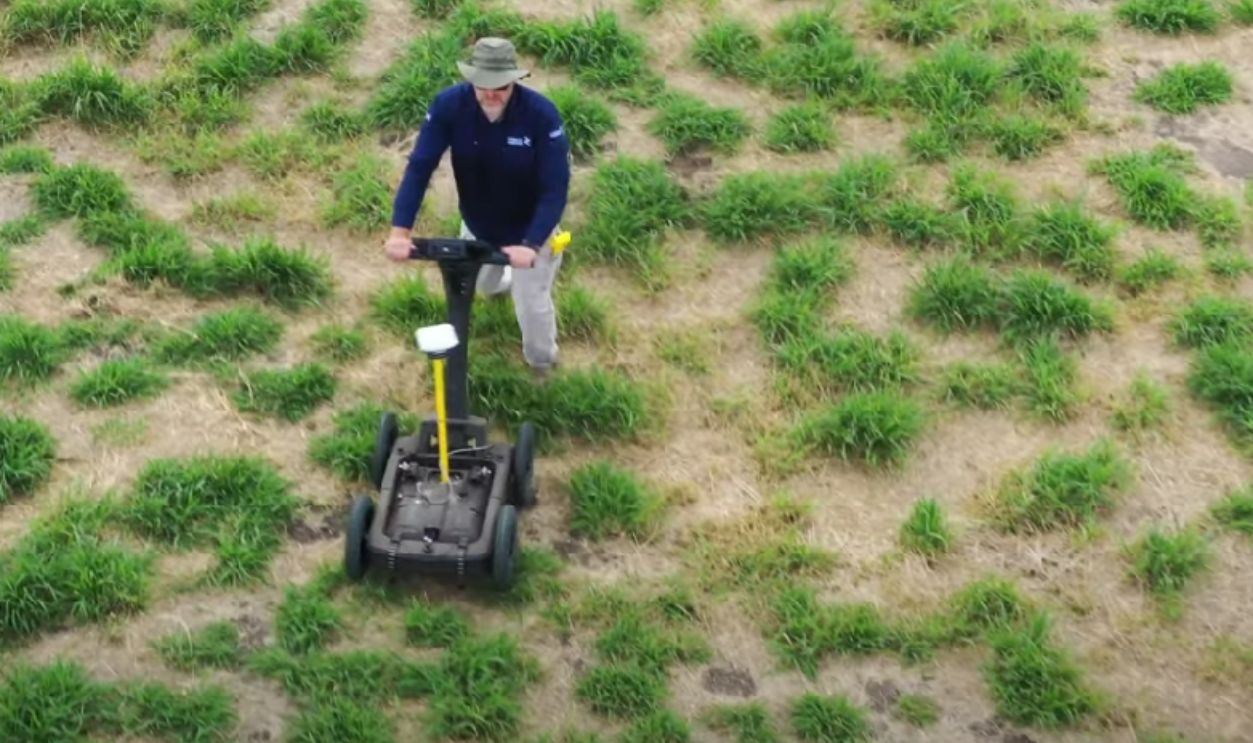 What is GPR - GROUND PENETRATING RADAR - and why do we use it? | EVERICK by Everick
What is GPR - GROUND PENETRATING RADAR - and why do we use it? | EVERICK by Everick
Travois Design Reflects Early Engineering
The travois’s construction shows a keen understanding of balance, friction, and weight distribution. These are core engineering principles that reveal how early humans intuitively designed tools to solve complex challenges long before formalized science or written blueprints came into existence.
Travois Use Indicates Organized Migration
These drag marks suggest that early humans moved deliberately, not randomly. The presence of transport tools like travois implies planning and group cohesion and these are key traits for survival during large-scale migration across vast, unfamiliar terrain.
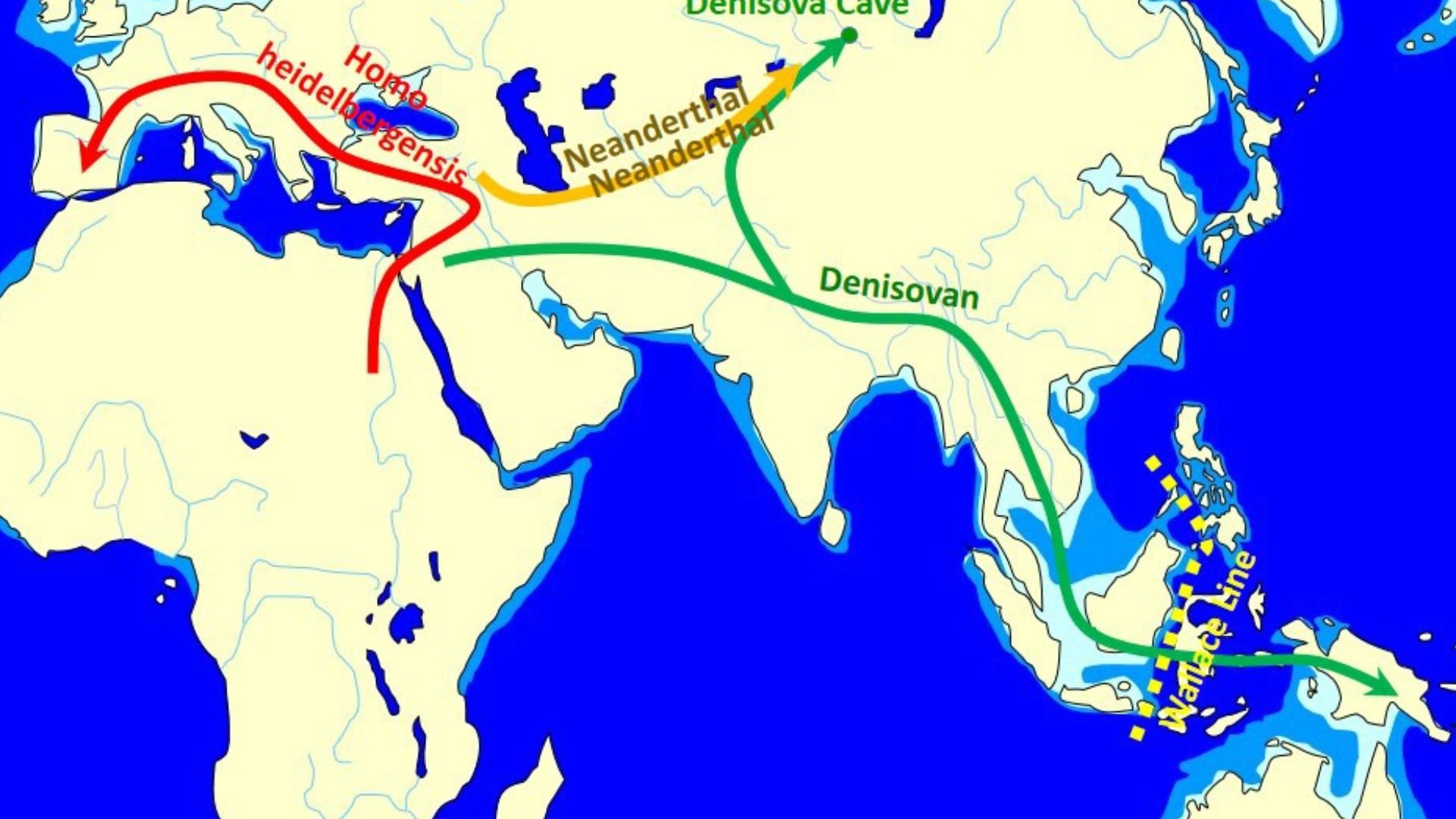 John D. Croft, Wikimedia Commons
John D. Croft, Wikimedia Commons
Implications For Indigenous Narratives
Indigenous communities have been telling these stories for generations—about epic migrations and ingenious survival hacks. Now, archaeology is finally catching up. Discoveries like this give long-overlooked oral histories the spotlight they deserve. They blend ancestral wisdom with modern research in a way that’s long overdue.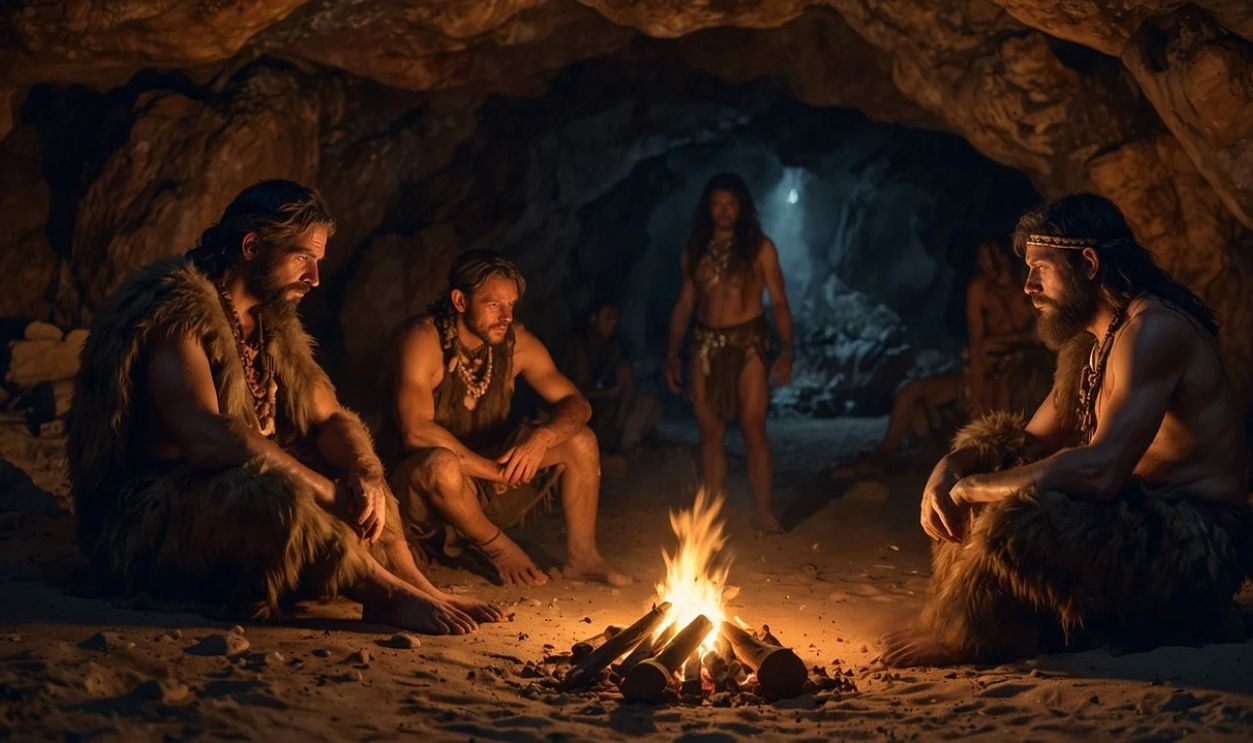 Pixabay with AI Assistance
Pixabay with AI Assistance
Cultural Parallels Globally
Travois-like tools didn’t just pop up in the Americas—they showed up all over the world; Europe and Africa. Early humans everywhere seemed to share the same instinct: when faced with tough terrain, build something simple and smart to drag your stuff.
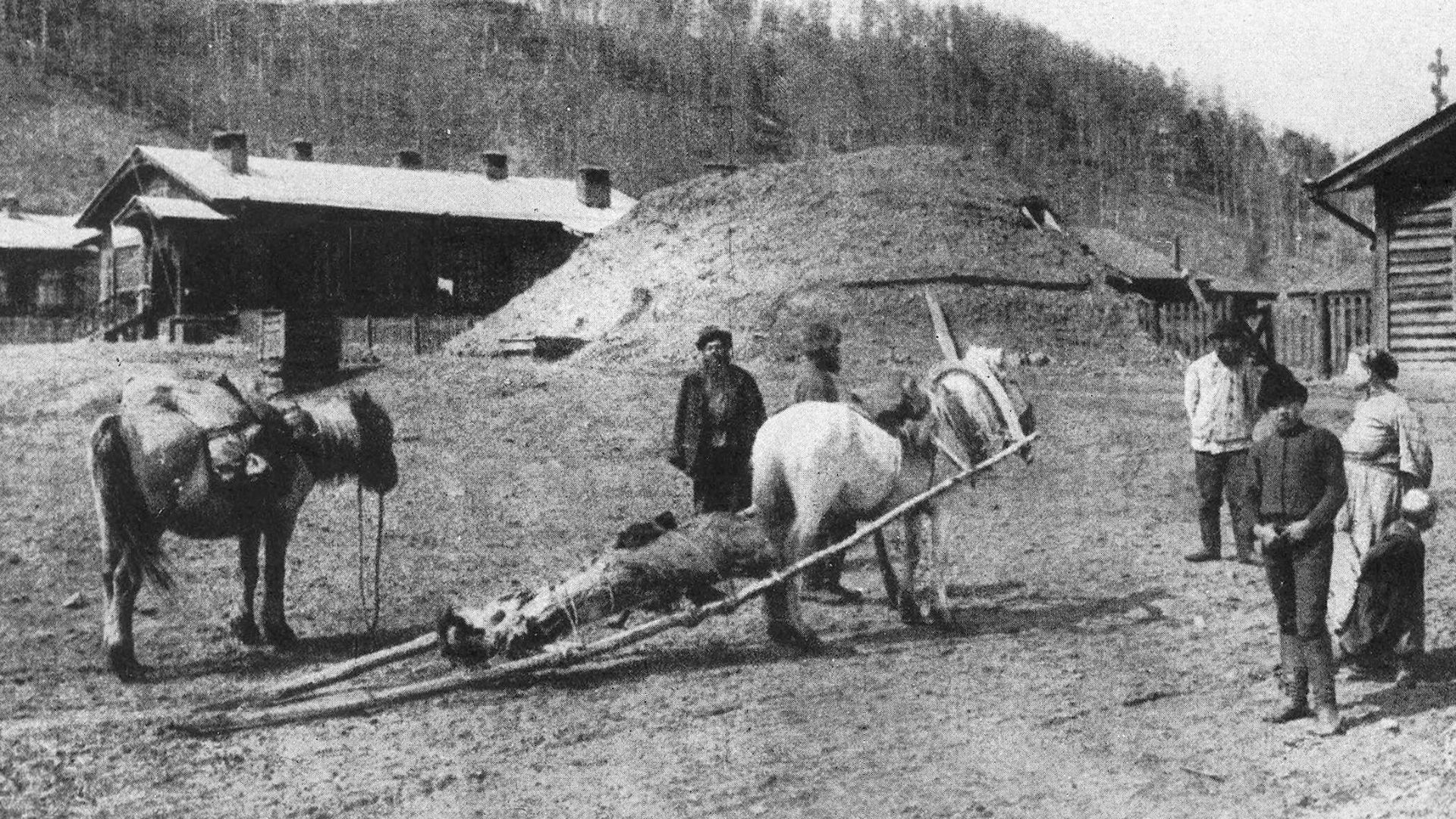 Fridtjof Nansen, Wikimedia Commons
Fridtjof Nansen, Wikimedia Commons
Impacts On Migration Modeling
Believe it or not, dragging sticks and gear across the ground could reshape computer models of ancient migration. Once you factor in low-tech tools like the travois, the old guesses about how fast people moved—and where they could go—start to shift in surprising ways.
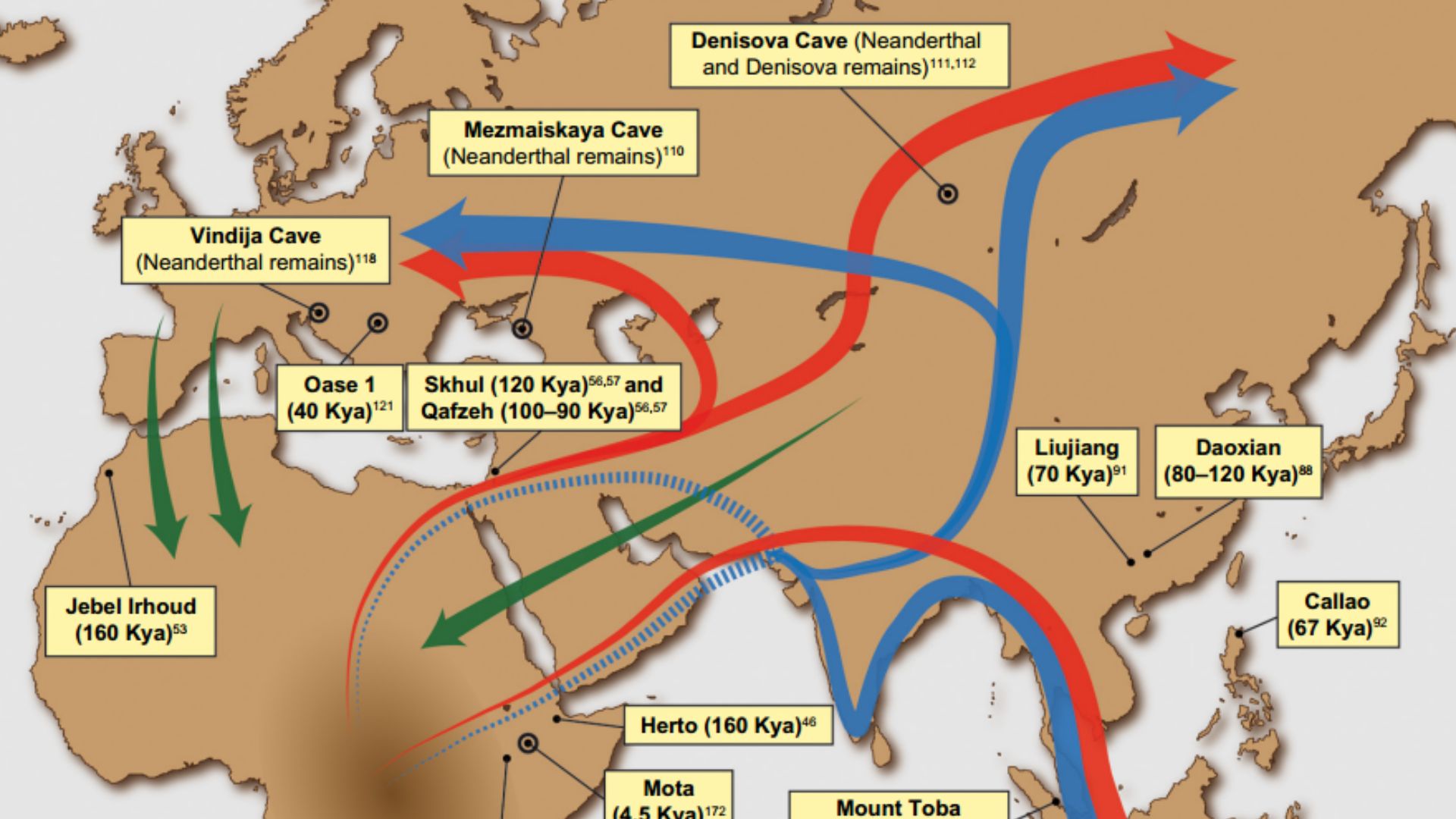 Saioa Lopez, Lucy van Dorp and Garrett Hellenthal, Wikimedia Commons
Saioa Lopez, Lucy van Dorp and Garrett Hellenthal, Wikimedia Commons
Advances In Dating Techniques
Thanks to revolutionary radiocarbon dating and optically stimulated luminescence, researchers could confidently estimate the age of these prints. Without modern dating science, these travois marks might’ve seemed recent or unremarkable. Or even insignificant.
White Sands Is A Fossil Treasure Trove
White Sands has emerged as a groundbreaking site in paleoarchaeology. From fossilized footprints to these newly discovered drag marks, its soft gypsum sands have captured slices of life from thousands of years ago preserved by climate and perfect environmental conditions.
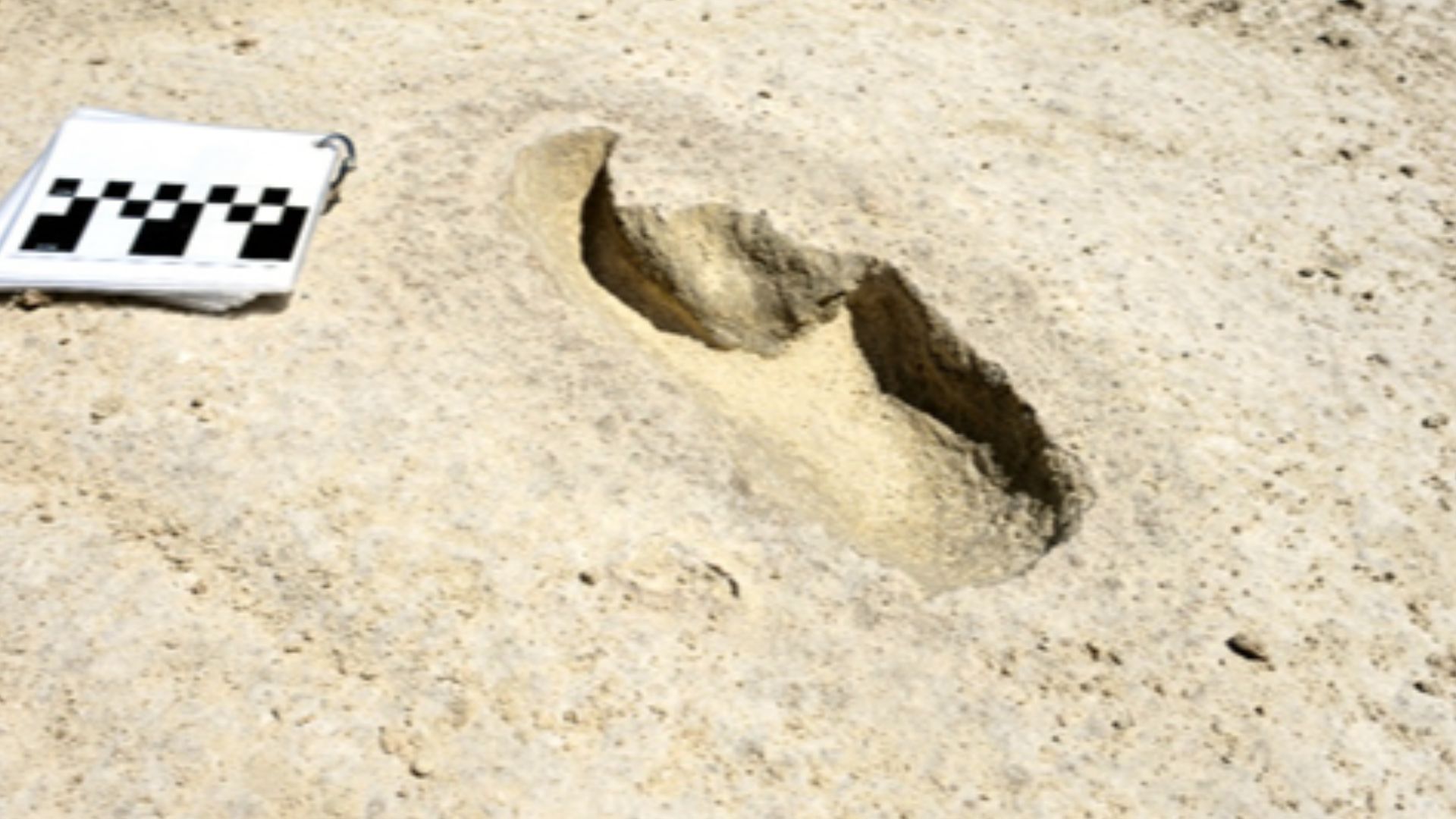 National Park Service, Wikimedia Commons
National Park Service, Wikimedia Commons
Importance Of Interdisciplinary Research
Such a breakthrough was made possible through collaboration across disciplines, including paleoanthropology, sedimentology, and experimental archaeology. Without this combined expertise, the subtle drag marks might have been dismissed as natural features or animal tracks.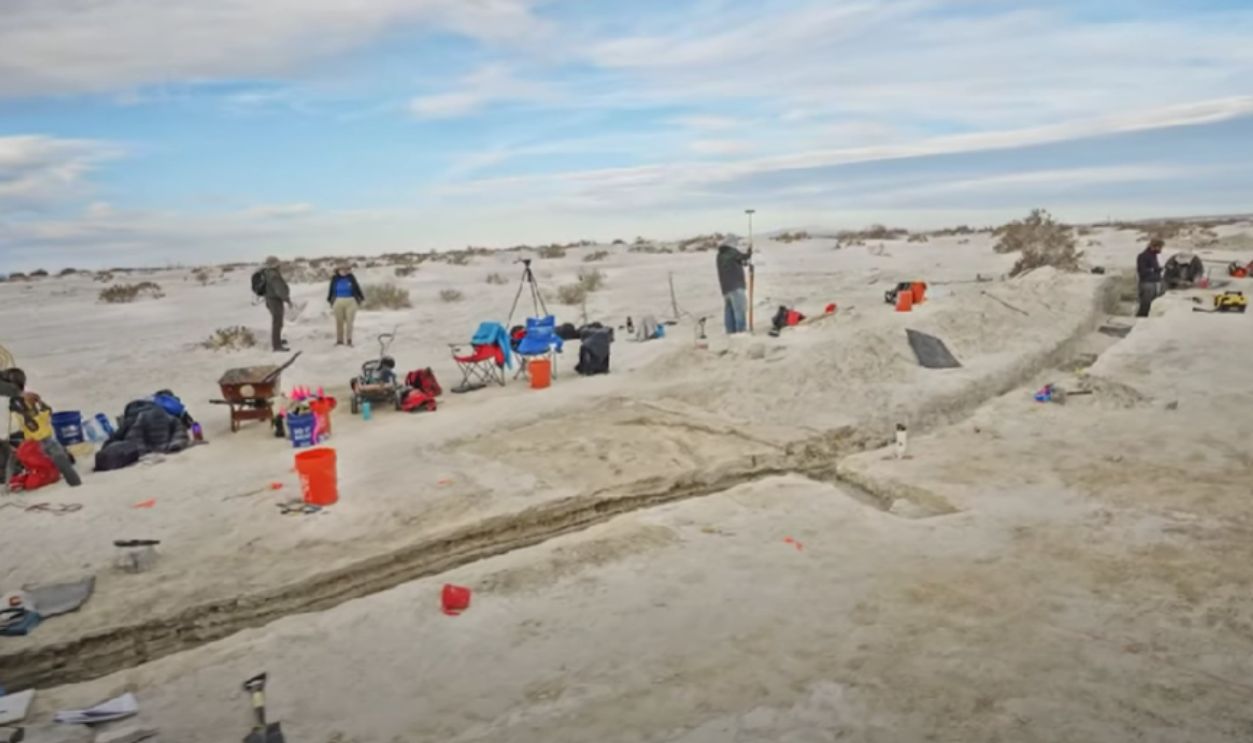 Road Trip of Native American Sites- Pt 1 20,000 yr old Human footprints in White Sands National Park by The West is Big! Explore It
Road Trip of Native American Sites- Pt 1 20,000 yr old Human footprints in White Sands National Park by The West is Big! Explore It
Human Innovation Seems To Be A Constant
It turns out that our prehistoric ancestors were basically the original DIY pros. Long before wheels or pack animals, they figured out clever ways to haul stuff across rugged terrains using whatever was around—sticks, vines, you name it. That has and is certainly never going to change.
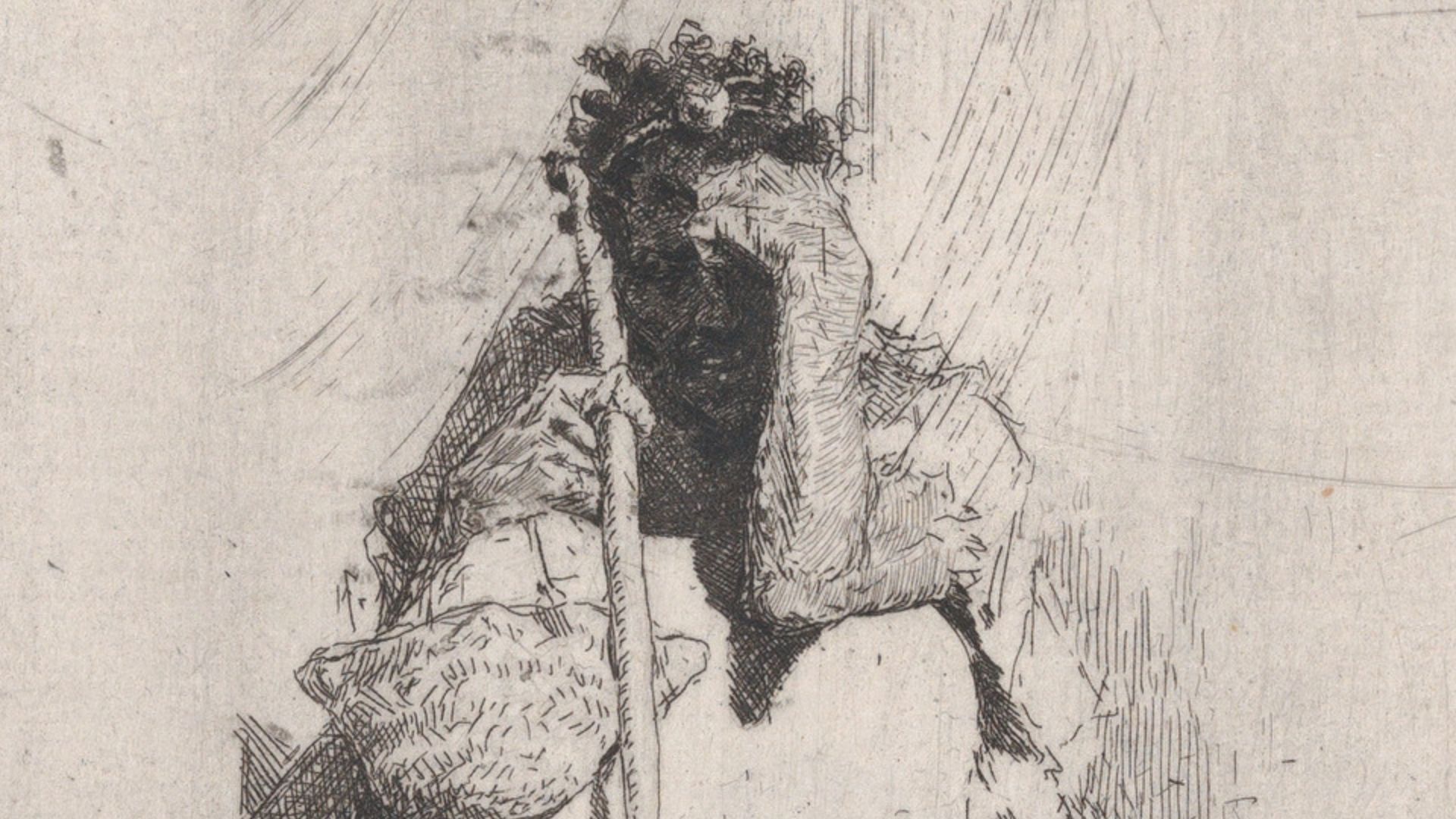 Mariano Fortuny Marsal, Wikimedia Commons
Mariano Fortuny Marsal, Wikimedia Commons
Shifting School Curricula
One day, kids might open their textbooks and learn the wheel wasn’t humanity’s first big transportation win. Thanks to discoveries like this, the travois could take its rightful place in the spotlight, showing up in lessons long before the wheel rolls in.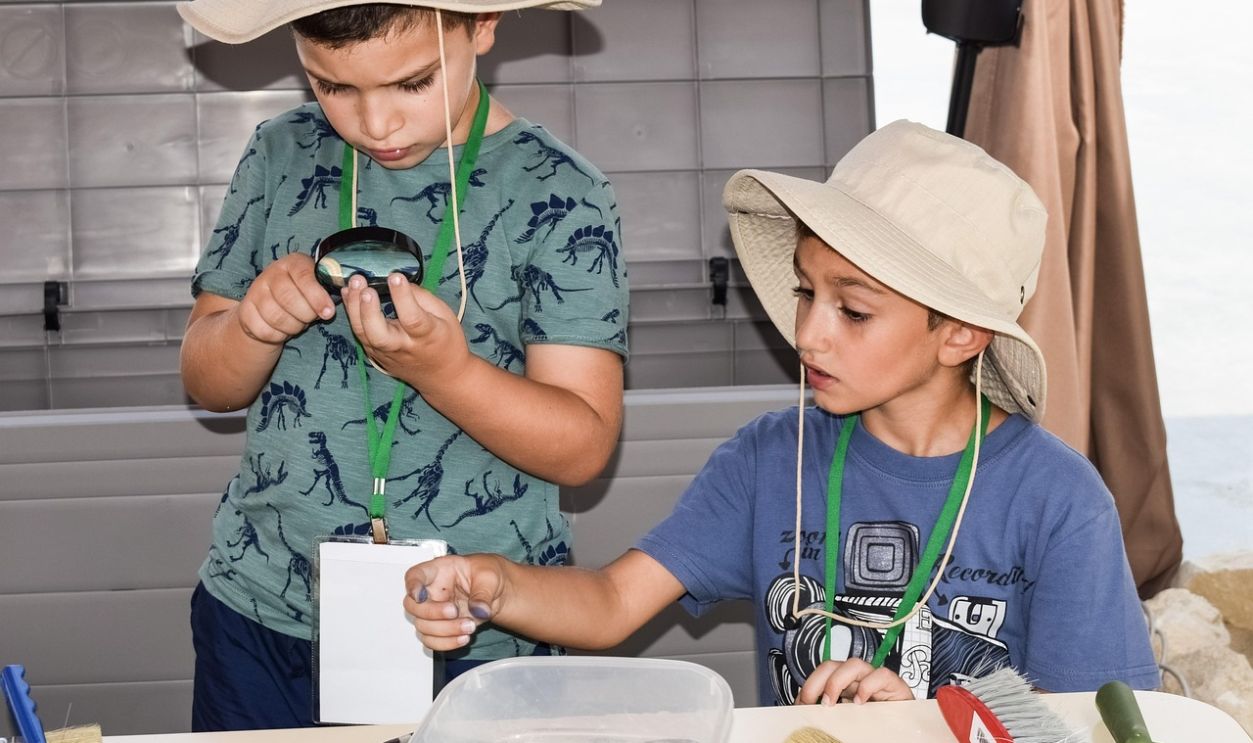 Dimitrisvetsikas1969, Pixabay
Dimitrisvetsikas1969, Pixabay
Influence On Pop Culture And Museums
Don’t be surprised when this story pops up in a documentary or museum near you. It’s got all the ingredients: ancient mystery, family dynamics, survival smarts, and science. Plus, the visuals—mud tracks, rugged terrain, early tools—are basically made for screens and school trips alike.
Possibility Of Earlier Tools
If travois existed 22,000 years ago, what else have we missed? This raises questions about even earlier, undocumented tools, perhaps rafts, snow sleds, or carrying harnesses, that left no trace but changed history. What if there’s more we’ll never find, but everything we are came from it?

